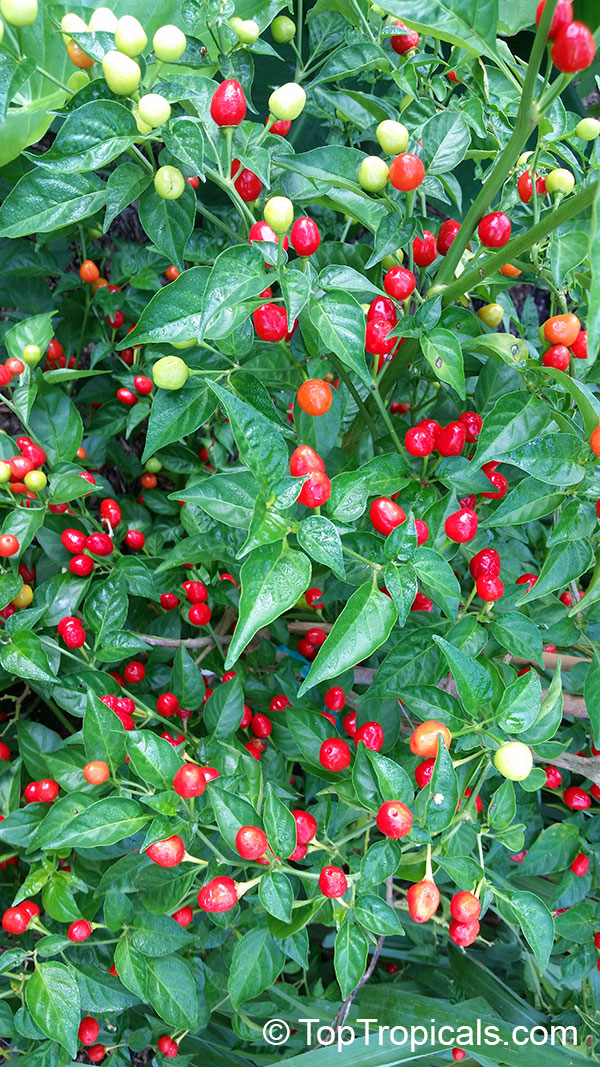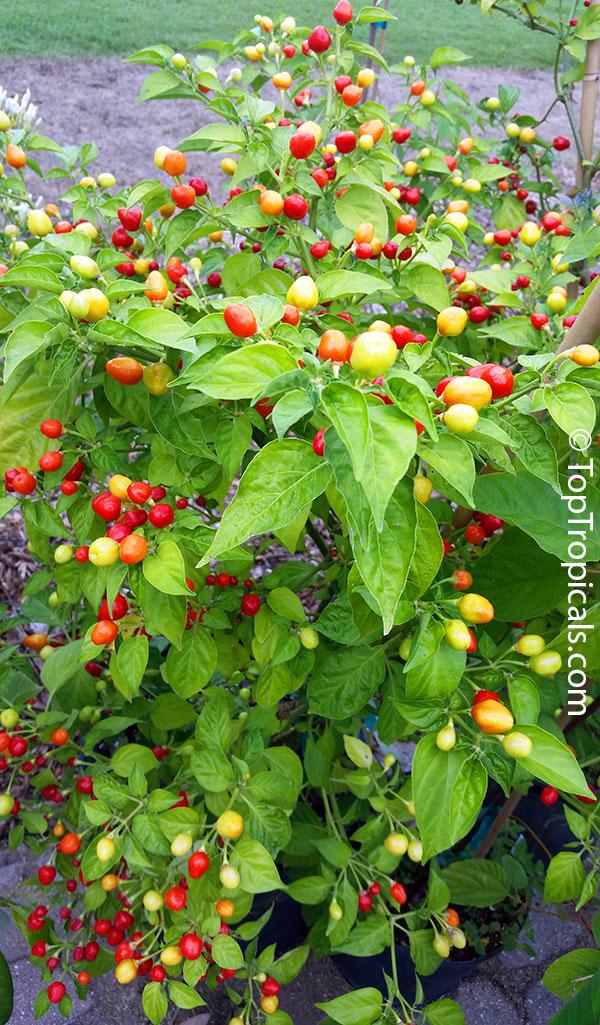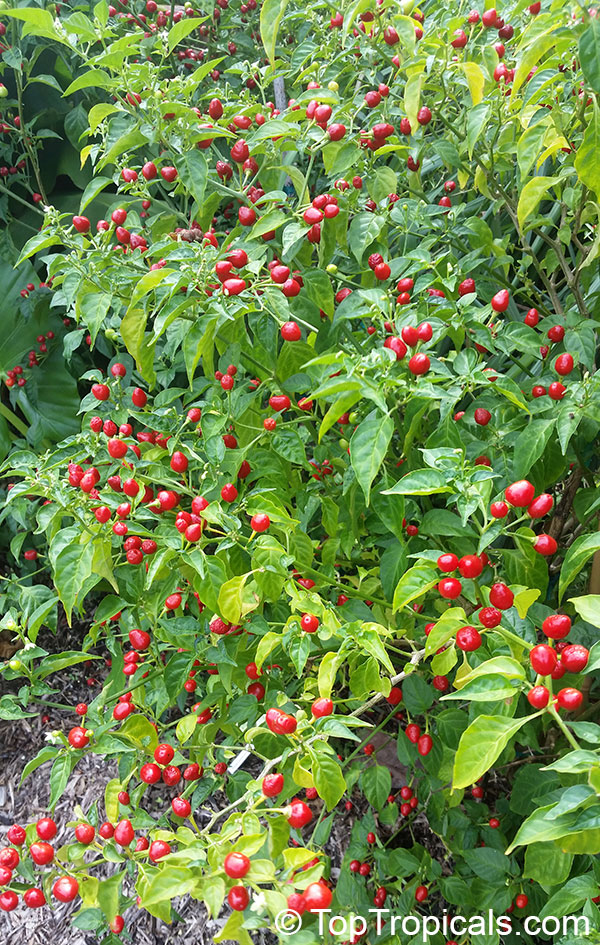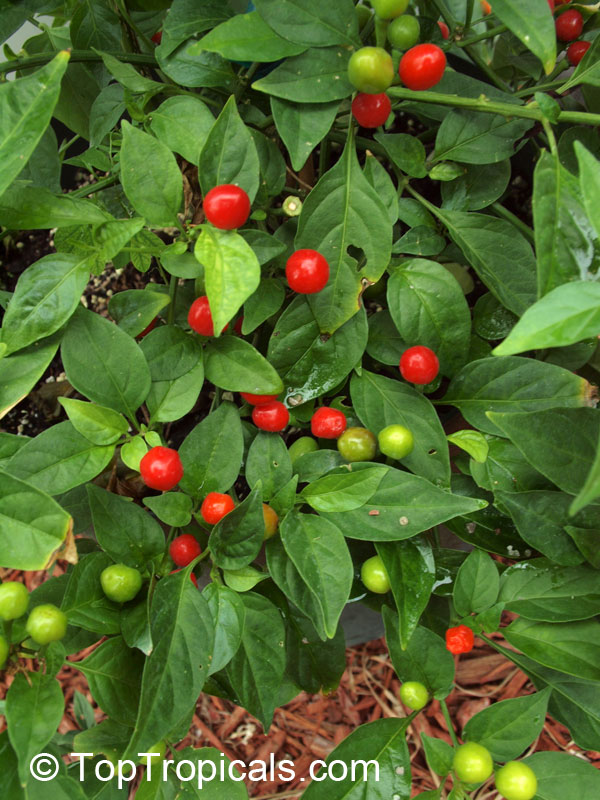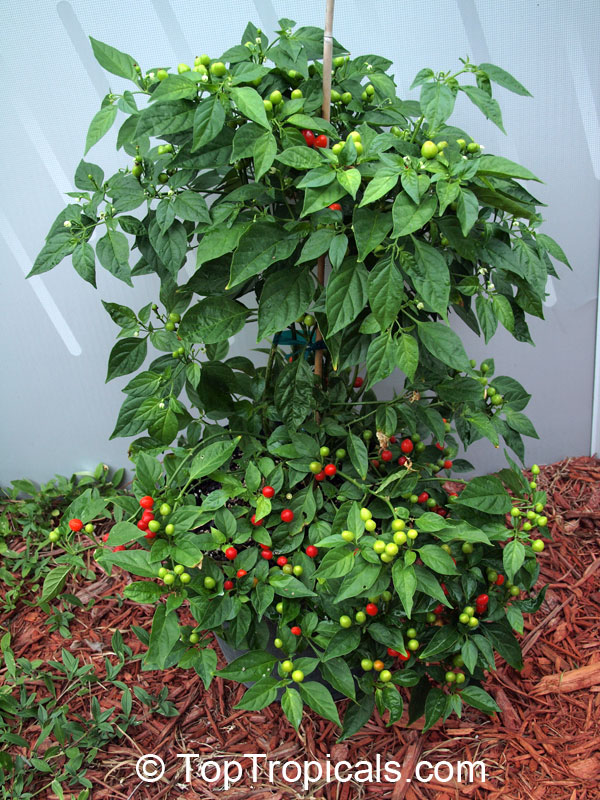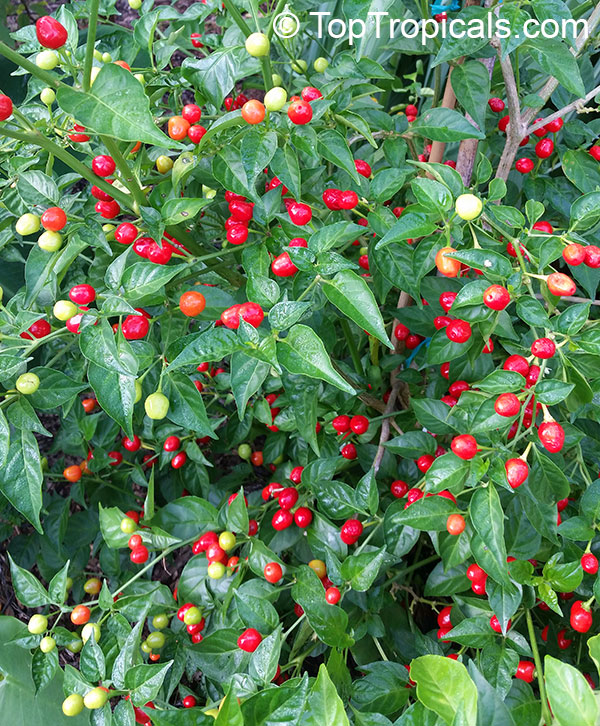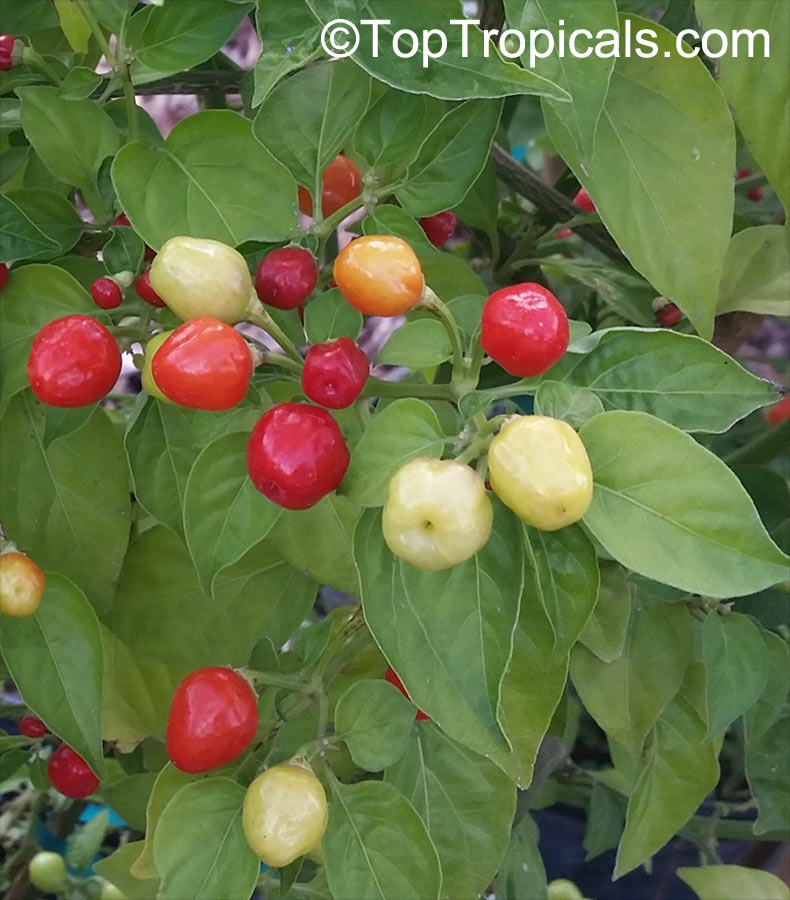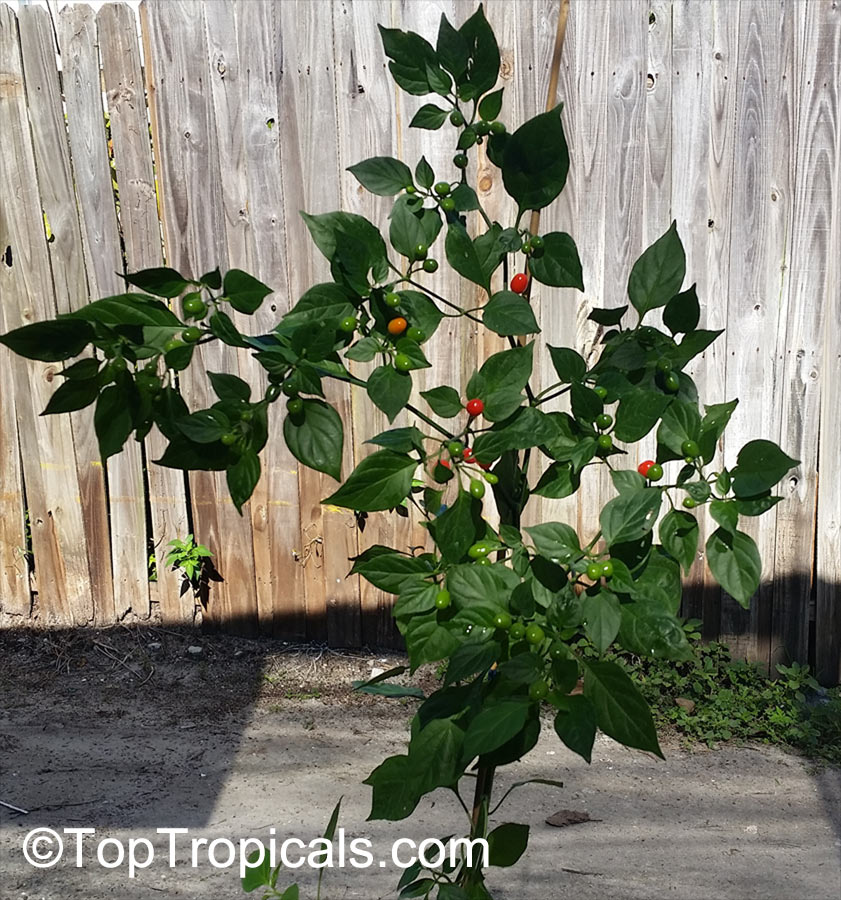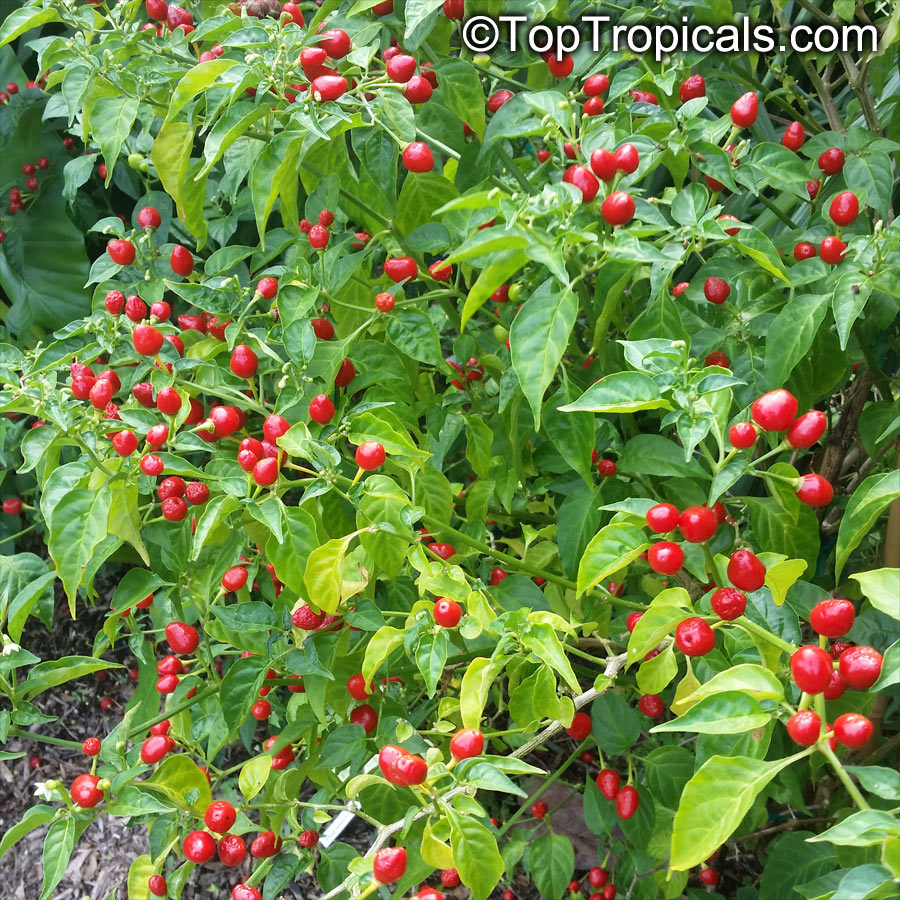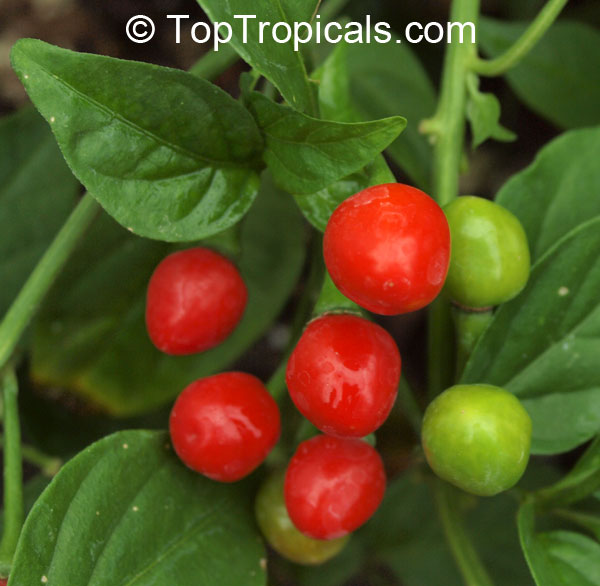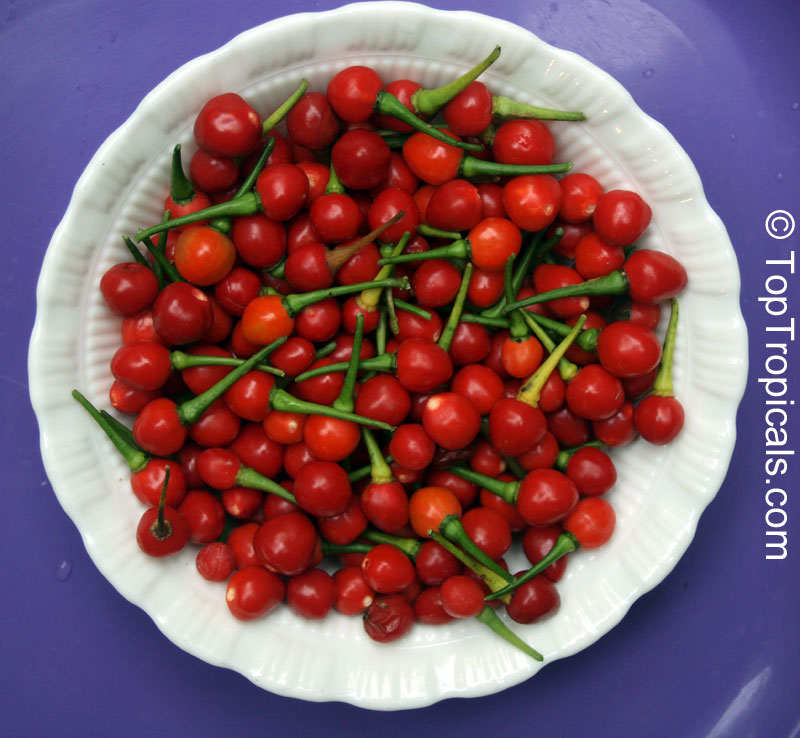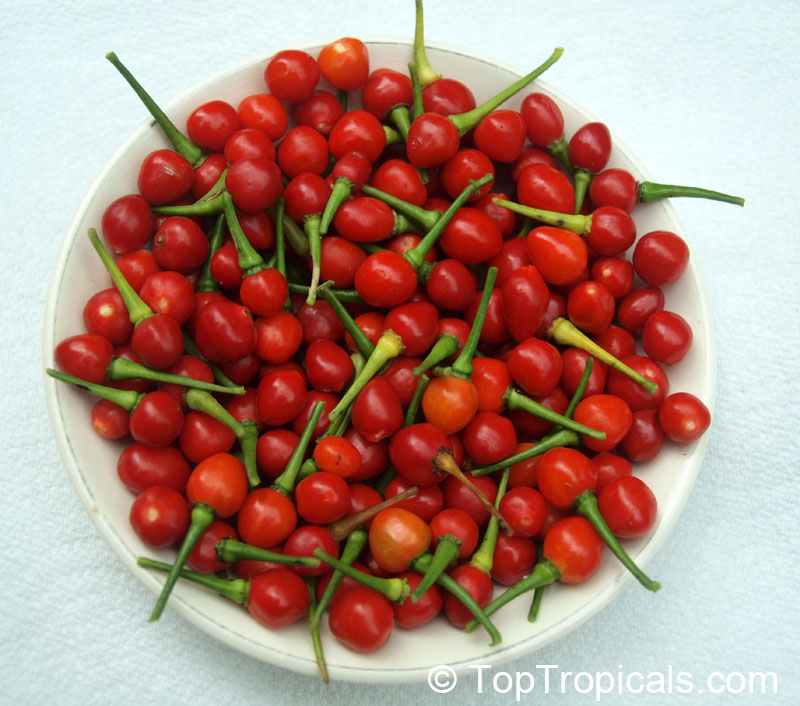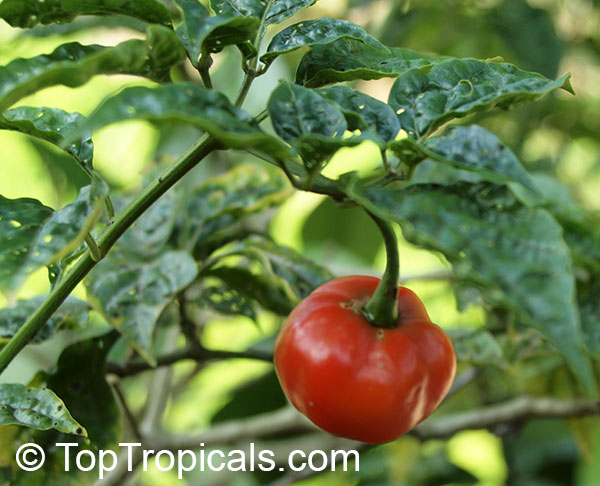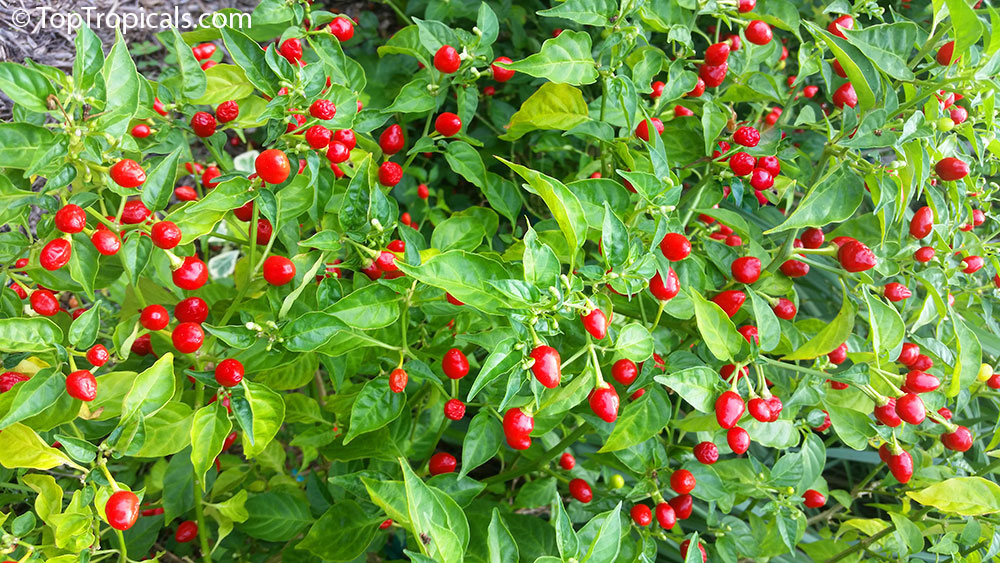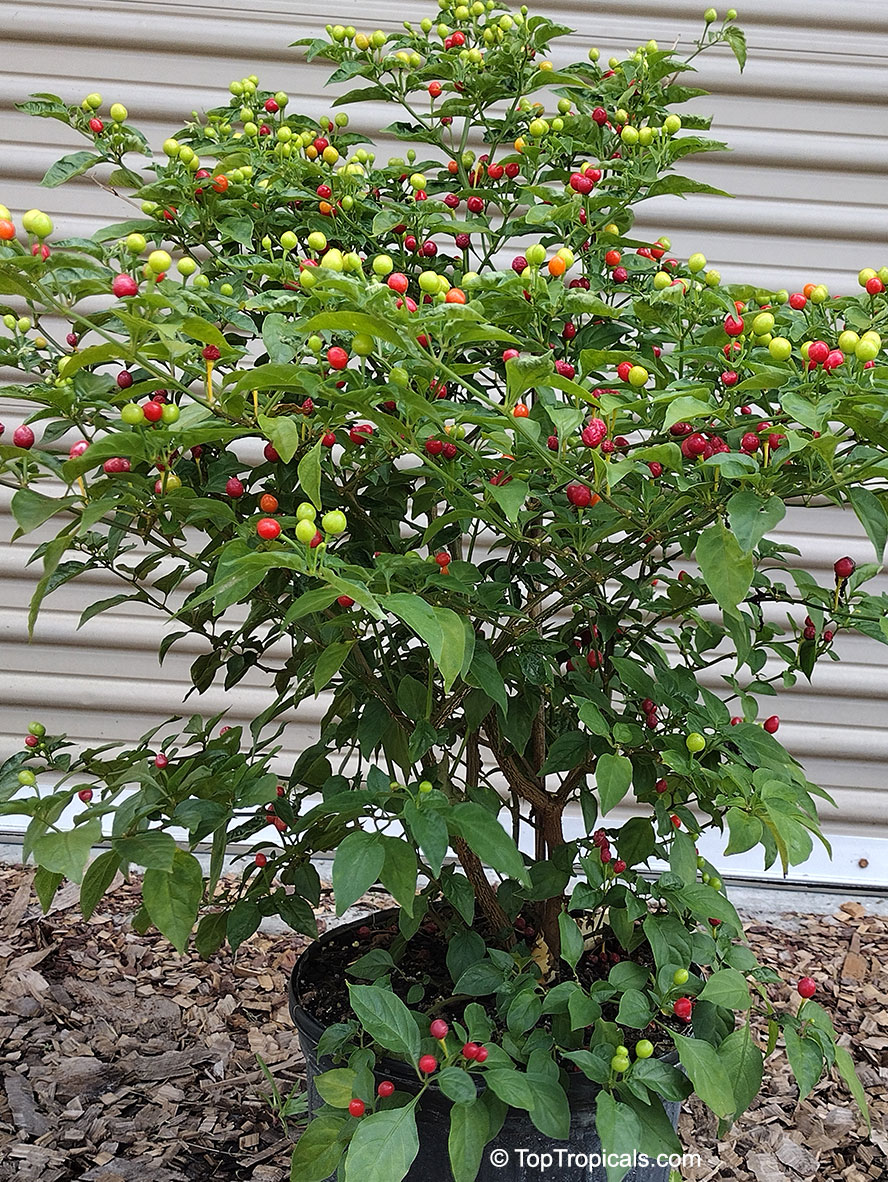Capsicum - Plant Encyclopedia Results
Top Tropicals Plant Encyclopedia
| Number of plants found: 4 |
Botanical name: Capsicum annuum
Common names: Sweet Pepper, Chilli Pepper, Cayenne Pepper, Paprika, Ornamental pepper
Family: Solanaceae
Origin: South America









Capsicum annuum, native to South America, is a small shrub that reaches a height of 2-5 ft. It thrives in full sun and requires regular watering. Its white and off-white flowers give way to colorful 1 to 2 inch fruits that can be black, red, white, yellow, or cream. While the plant is an irritant if touched and an ethnomedical plant, its fruit is edible and highly nutritious.
The mature plants are cold hardy at least to 30s F for a short time, making them suitable for growing in USDA Zones 4 -10. When provided with ample sunlight and water, Capsicum annuum can produce fruits throughout the summer until the first frost. Its fruits are known to be rich in vitamins, minerals, and dietary fiber. They also have a wide range of health benefits, such as improved digestion, relief from cardiovascular diseases, and boosted immunity. A single plant can produce up to 50 fruits depending on the size and health of the plant.
When growing Capsicum annuum in regions with a cold climate, it is essential to keep the pot indoors during the winter months. During these months, the pot must be placed in a warm, sunny location and watered rarely to prevent root rot. Once the summer months arrive and the danger of frost has passed, the plant should be moved outdoors where it can receive regular water and adequate sunlight.
Botanical name: Capsicum baccatum
Common names: Starfish Pepper, Brazilian Starfish, Christmas Bell, Bishops Crown
Family: Solanaceae
Origin: Barbados








Very intriguing shape of fruit. Beautiful ornamental plant covered with edible, green and red fruit at the same time, which resemble a Bishop's Crown. This is a very hot pepper, and a very rare variety.
The Brazilian Starfish is a uniquely shaped pepper. This is one beautiful chili with a shape much like a sea star. It's a lovely quirkiness - sort of an unexpected, but well-appreciated twist to the typical rounded chili - and, because of that, it works very well as an ornamental pepper.
But unlike many ornamentals that sacrifice nuanced taste for looks, the Brazilian starfish is simply delicious too. It is called sometimes "Beautifully Sweet"! They are sweet, almost fruity with an eatable level of heat for most people. Packing looks and flavor makes this chili pepper well sought after by spicy foodies and gardeners alike.
This tall plant has a vine like habit and produces good yields of 1 - 2 inch wide starfish-shaped peppers that ripen to a brilliant red at maturity.
See article about Capsicum baccatum.
Botanical name: Capsicum chinense
Common name: Yellow Lantern Chili
Family: Solanaceae
Origin: Central America







Capsicum chinense is a small shrub native to Central America that grows 2-5 ft tall. It thrives in full sun, but can tolerate some semi-shade. It produces white or off-white flowers which can be mildly irritating to the skin. This plant is a spice or herb and is cold hardy in USDA Zone 10 -12.
In cold regions, it is best to grow Capsicum chinense in pots. To do so, use a large pot with good quality soil that is well-drained and amended with organic matter such as compost. Add a layer of mulch on top of the soil to retain moisture and protect the roots in the winter. Place the pot in an area with at least 6 hours of direct sunlight per day and water regularly, allowing the top inch of soil to dry out between waterings. Fertilize once a month during the growing season with a balanced fertilizer. For winter care, move the pot inside or to a sheltered area to prevent the roots from freezing. If temperatures drop below freezing, cover the pot with a blanket or other insulating material for added protection.
Capsicum chinense and its varieties have long been used in Yucatan and Caribbean cooking to add heat to traditional dishes. One well-known cultivar of this plant is the Carolina Reaper. The pepper is red and gnarled, with a bumpy texture and small pointed tail. In 2013, it was declared the hottest chili pepper in the world by Guinness World Records.
Another unique variety of Capsicum chinense is the Biquinho Pepper. This pepper is likely an ancient hybrid of Capsicum annuum and Capsicum chinense, and is native to an area of South America where Western Brazil and Eastern Peru meet. The small, bright orange to red fruits are known for their intense habanero flavor, although they typically have little or no heat. In recent years, the Biquinho Pepper has become popular in South America, especially in Rio, and is often pickled and served as a snack with caviar. It is also a great addition to salsas, guacamoles, and Bloody Marys.
While of small size (something around an inch or so long), these oddly shaped bright orange to finally red fruits are prolifically produced along the branches of compact plants with small leaves.
What separates this variety from others is its unique flavor which packs quite a bang! Not because of its heat (because our strain has either no heat what-so-ever, or so little it is hard to even detect), but because of its intense fruity habanero flavor.
If one who knows that distinct habanero super fruit flavor (which is then normally followed by the heat blast), then tries a biquinho pepper, the flavor is so distinctly habanero that when the heat blast doesn
Shipped at customers risk, no replacements or refunds. Leaf drop possible. We guarantee healthy plant to be shipped and the best packaging. Express shipping optional.
Recommended Fertilizer: SUNSHINE C-Cibus - Crop Nutrition Booster
SUNSHINE-Honey - sugar booster
Botanical name: Capsicum frutescens
Common name: Wiri Wiri Pepper
Family: Solanaceae
Origin: Guyana








The Wiri Wiri pepper (Capsicum frutescens) is a small plant, growing from 2-5 feet tall and wide. It is best grown in full sun, but can take a semi-shade area if necessary. This bush needs regular watering, especially when the outside temperatures are high. While not the most beautiful of flowers, the Wiri Wiri produces white, off-white blooms which turn into small spicy fruits. It is both a spice and a herb, and its fruits are edible; offering a unique taste and a powerful kick. The mature plant is cold hardy at least to 30s F for a short time; making it suitable for homeowners in USDA Zone 9-11. It is an early producer of spicy fruits, with a single plant offering up to two dozen ripe peppers at a time.
The Wiri Wiri peppers offer a very unique flavor that is hard to find in other spices or herbs. The high concentration of vitamins and minerals make it a much sought after ingredient, especially for its health benefits. It is believed that Wiri Wiri peppers promote weight loss, undo nutritional deficiencies, fight fatigue, boost immunity, prevent strokes, reduce cholesterol, improve eyesight, and lower blood pressure. In a single serving, Wiri Wiri peppers are packed with three times more vitamin C, iron, and potassium than bell peppers. Whether eaten raw or cooked in your favorite dish, Wiri Wiri peppers can give a much-needed boost to any diet.
In cold regions, the Wiri Wiri pepper can be successfully grown in large pots. For best results, the pot should be fertilized several times a year and the soil should be kept moist and well aerated. In the winter months, Wiri Wiri plants should be protected by a mulch layer and kept away from cold winter winds. If the temperatures dip too low, bringing the potted pepper indoors until the weather warms is recommended.
What makes it so much different than any other hot pepper grown in the garden or bought at the store?
Hot? Yes, it is important that hot peppers are, but the people who really know, know that it is not just about heat, it is about flavor! And that is exactly what makes this little red gem so special. Guyanese dinners will only take one of those meals for you to never forget! The secret of their food is the flavor, and one of the cornerstone ingredients in many of their dishes is the Wiri pepper. The Guyanese population claim that it is not just a key ingredient to their diet, but also to why they are so good looking, live so long, and have such great skin.
Shipped at customers risk, no replacements or refunds. Leaf drop possible. We guarantee healthy plant to be shipped and the best packaging. Express shipping optional.
Recommended Fertilizer: SUNSHINE C-Cibus - Crop Nutrition Booster
SUNSHINE-Honey - sugar booster
Use link to repeat this search:
https://toptropicals.com/cgi-bin/garden_catalog/cat.cgi?find=capsicum&search_op=and&keyword_op=and&language=e&number=10
&no_change_lang=1&user=tt&sale=1&first=0
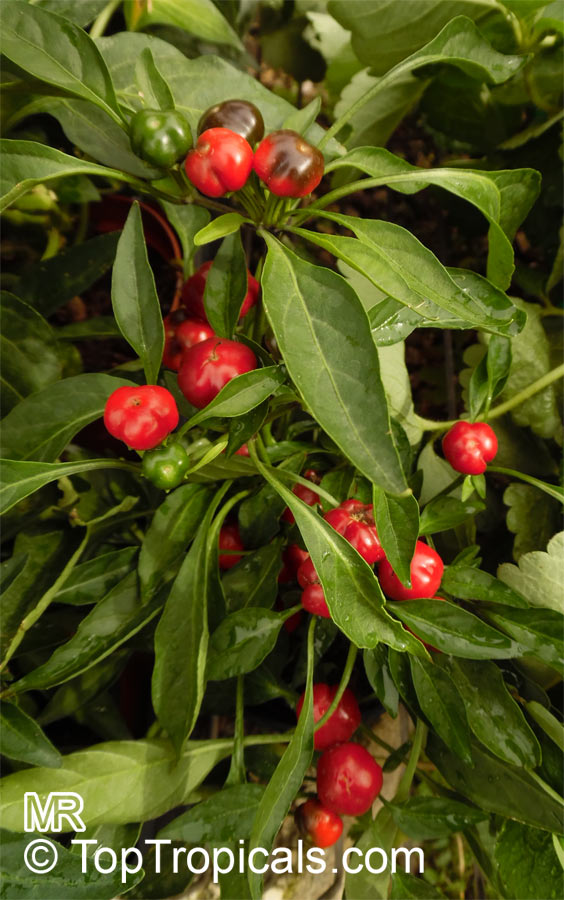
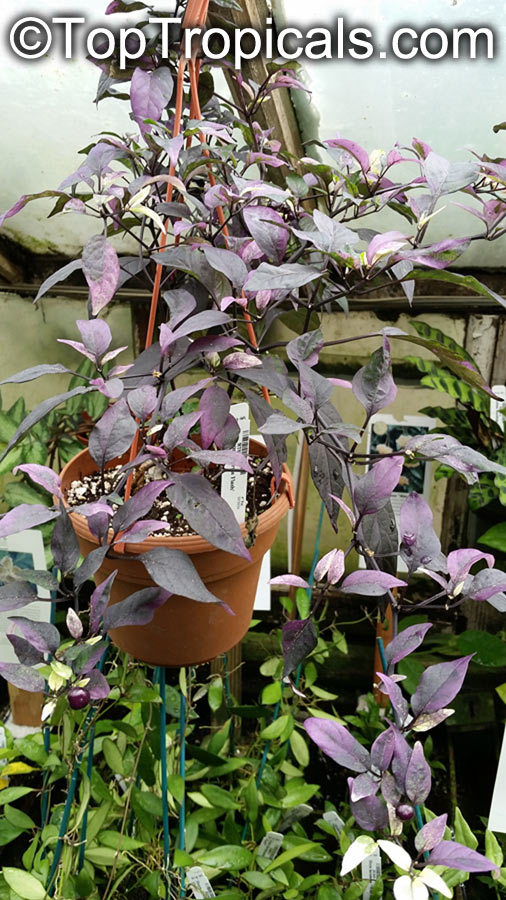
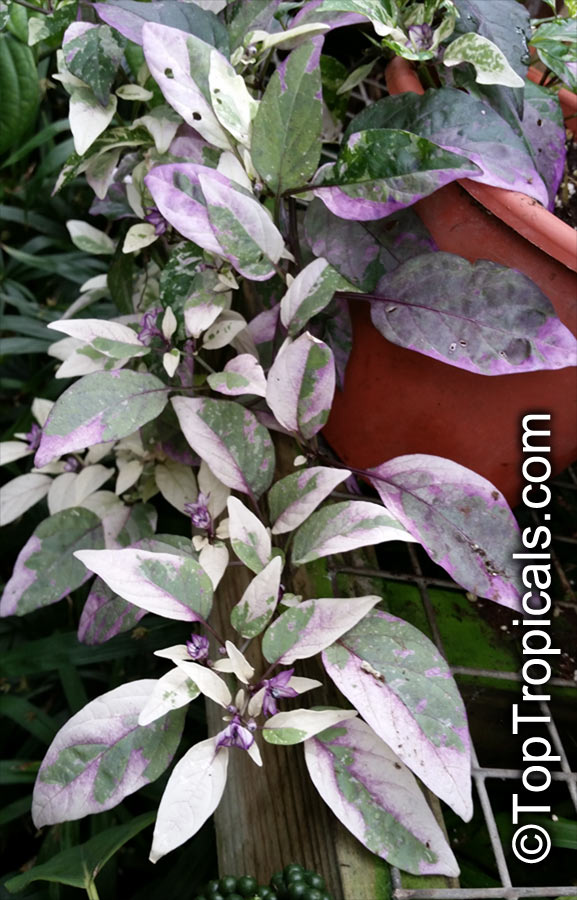
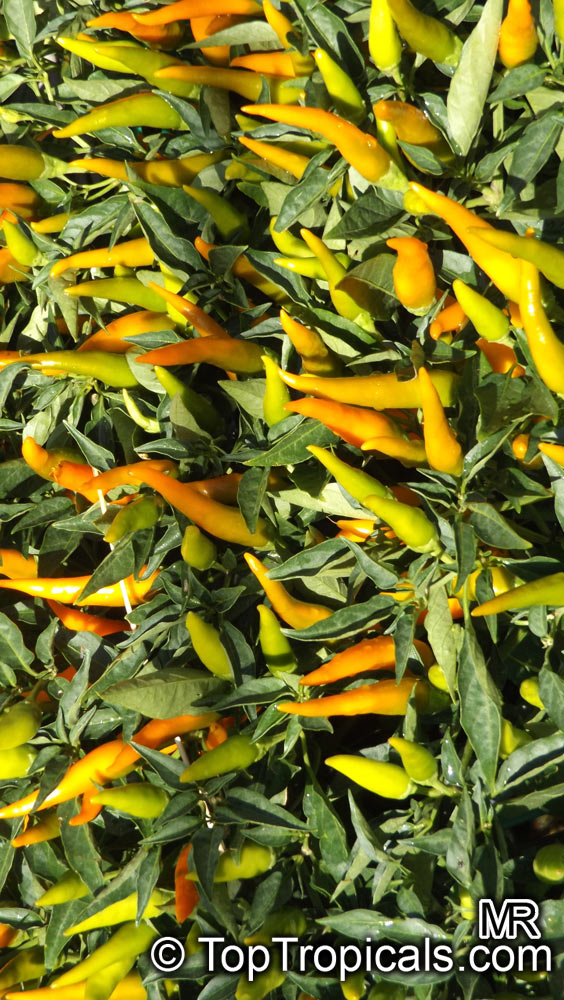
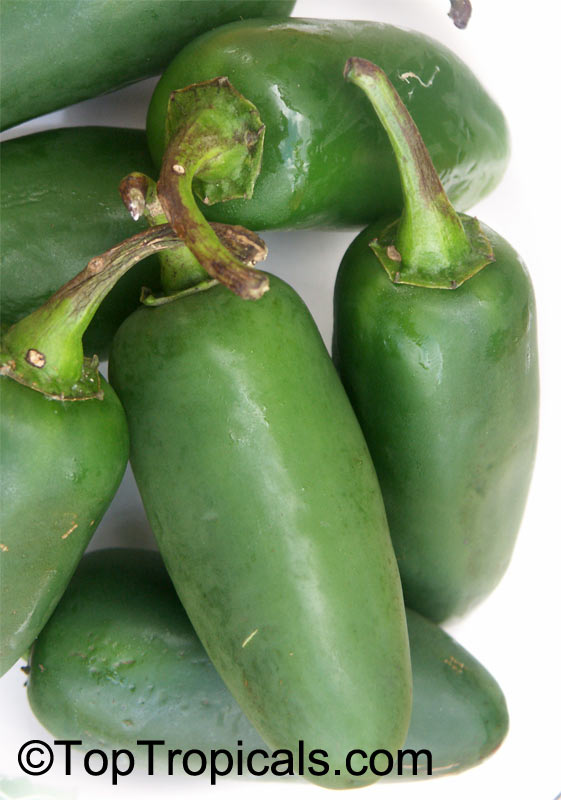
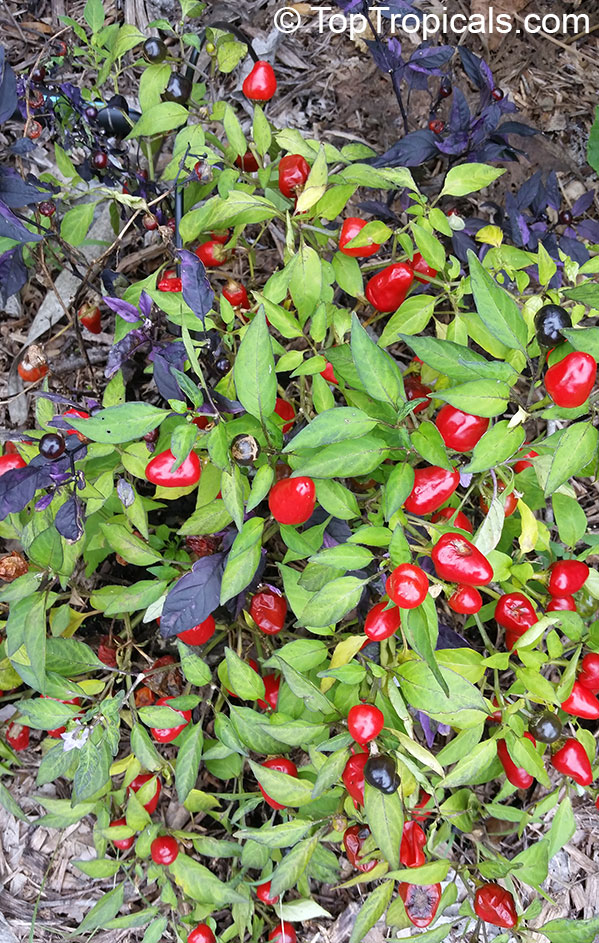
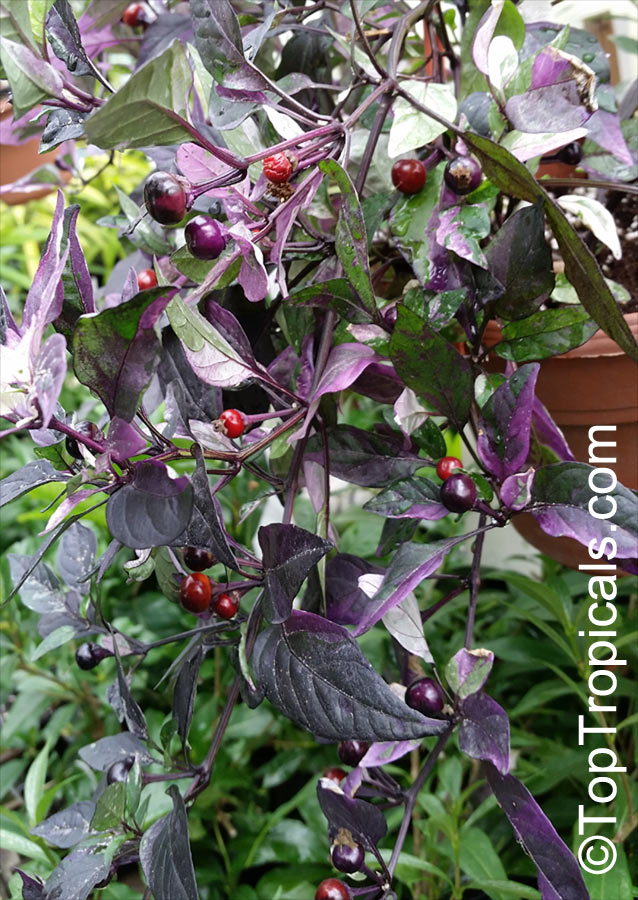
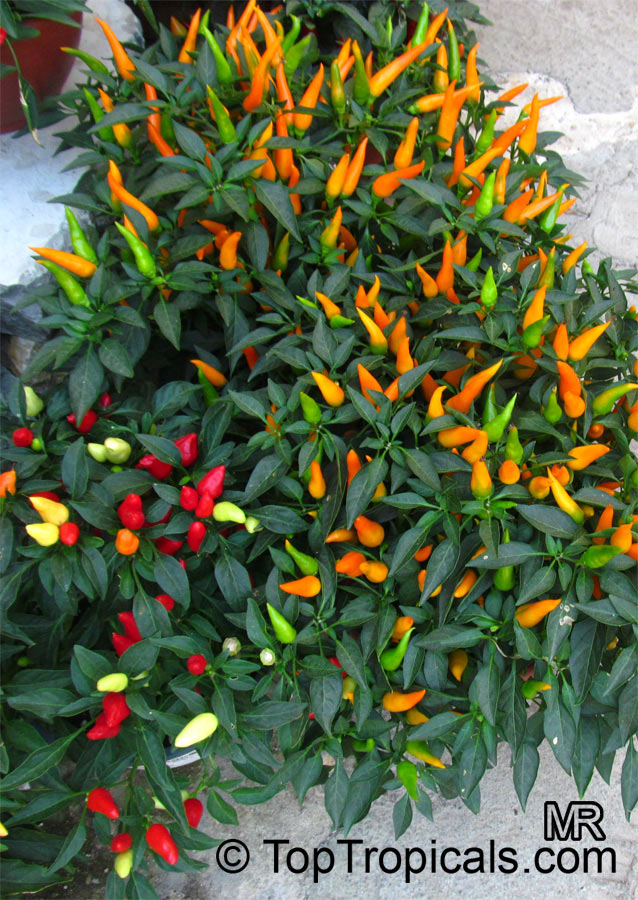
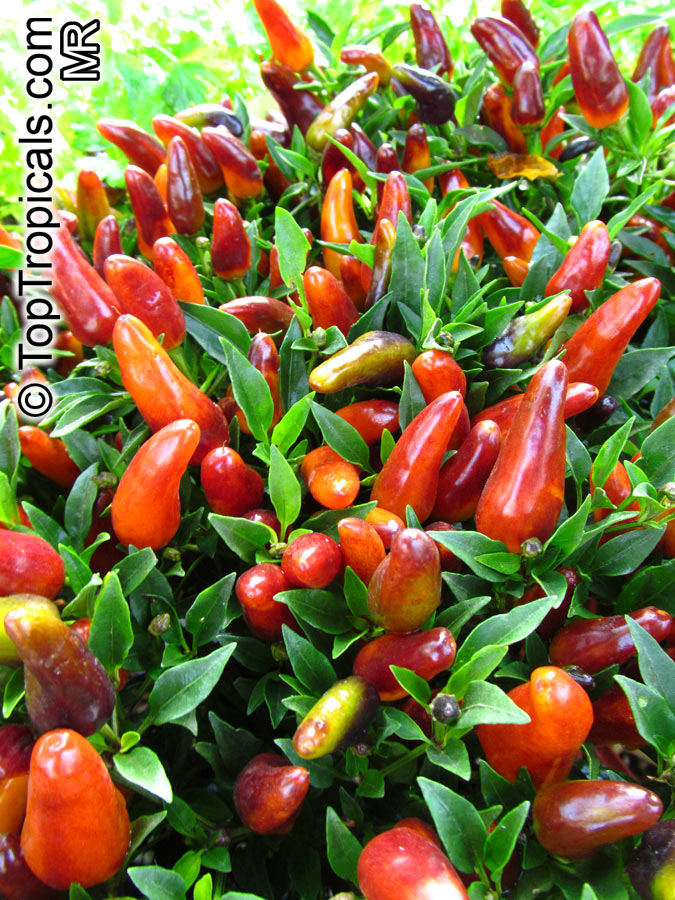
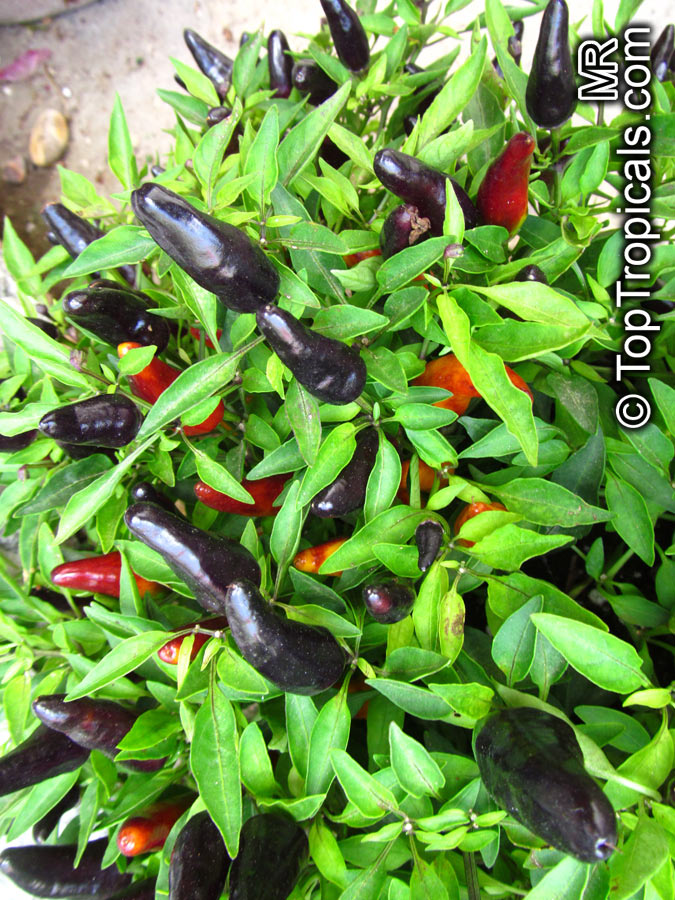

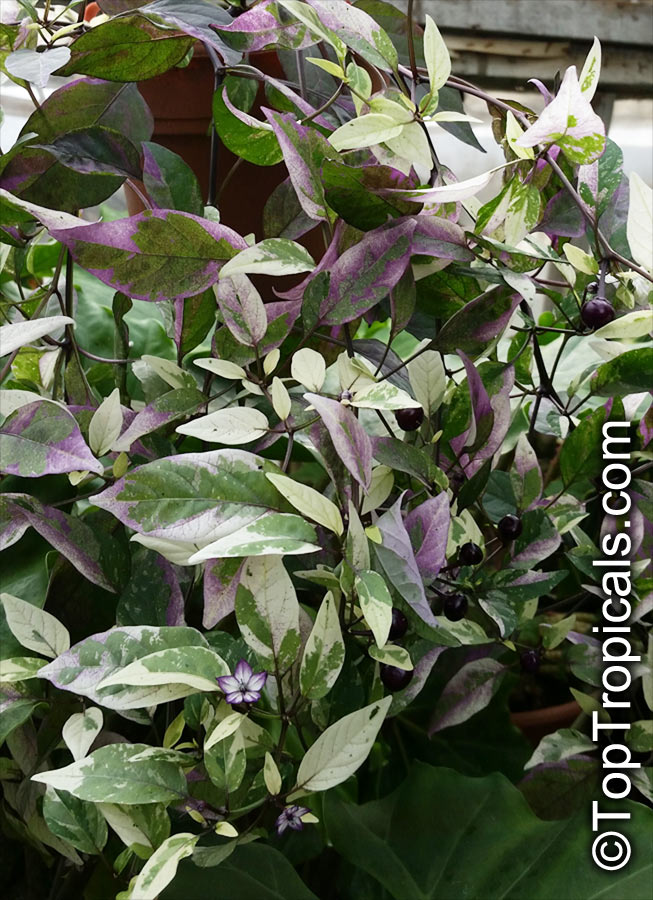

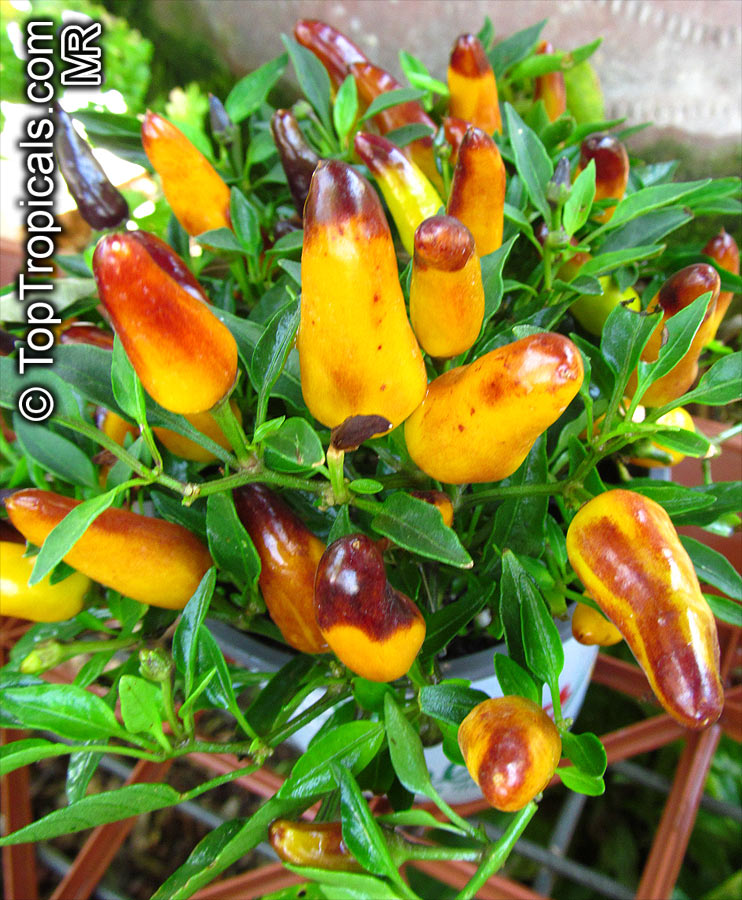
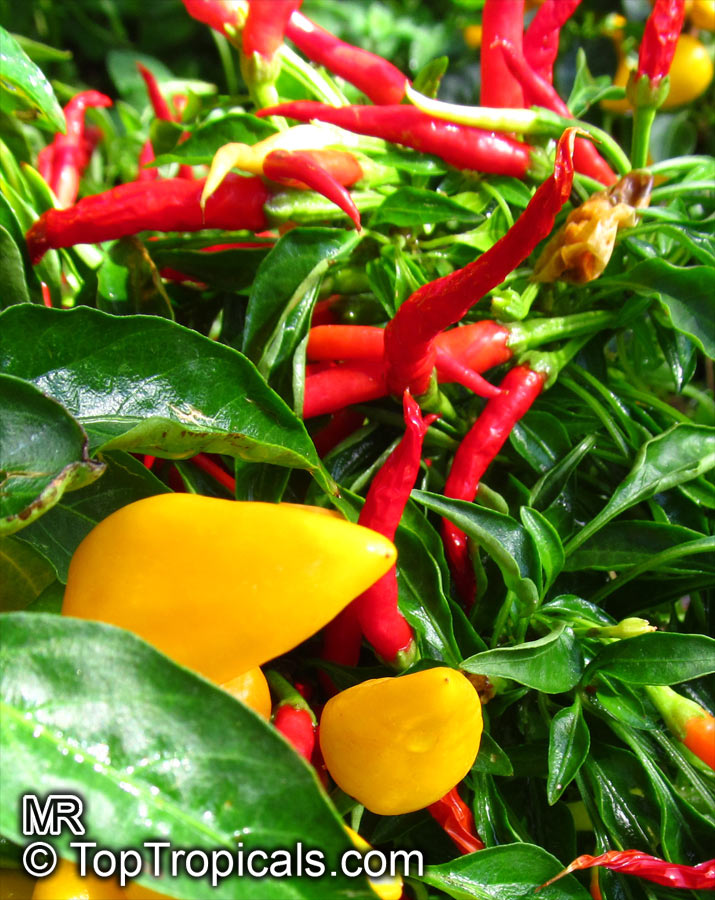
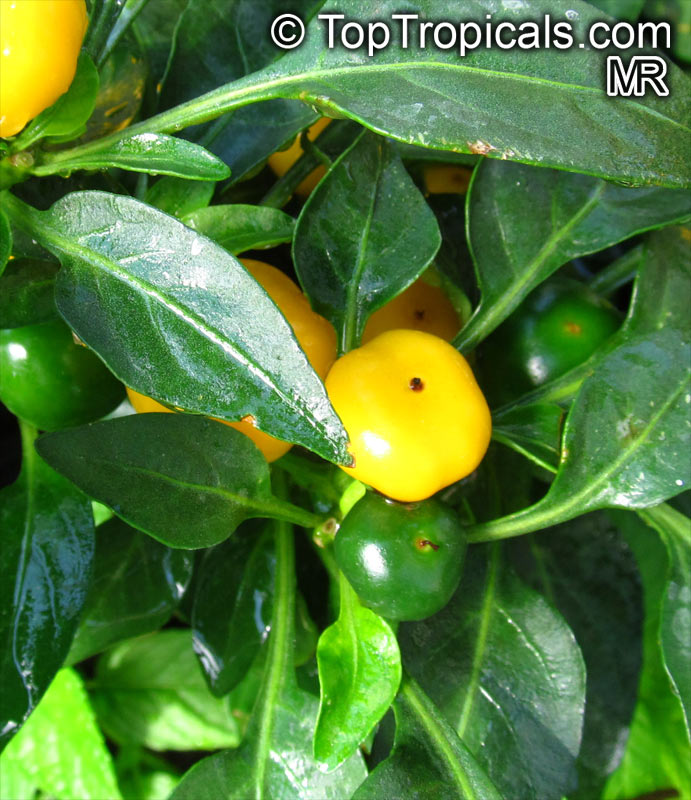
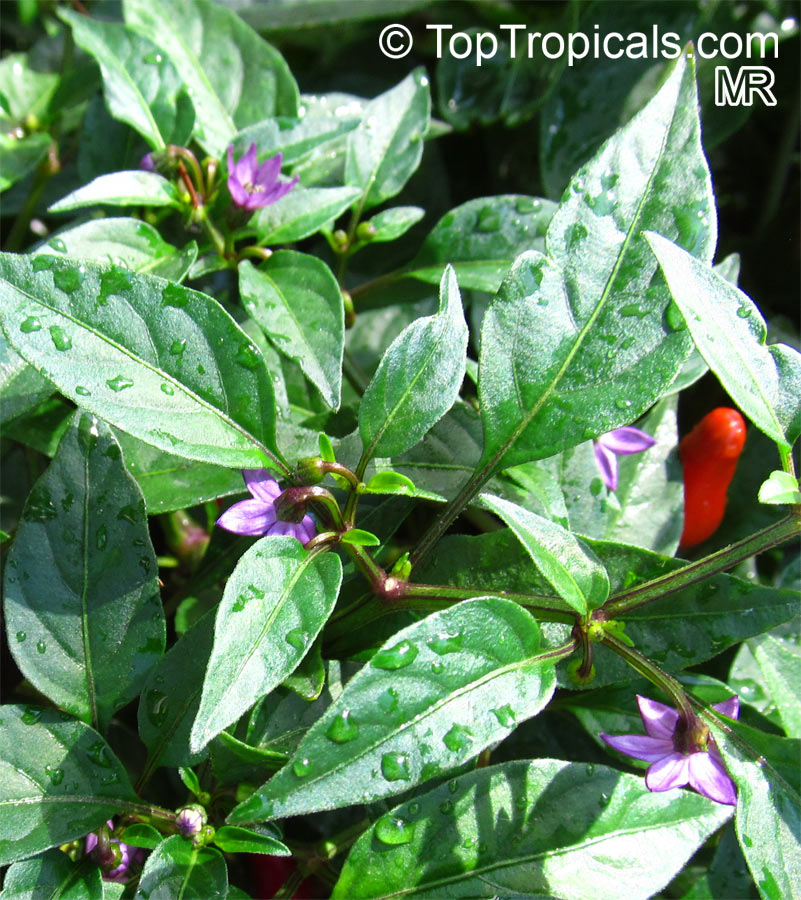
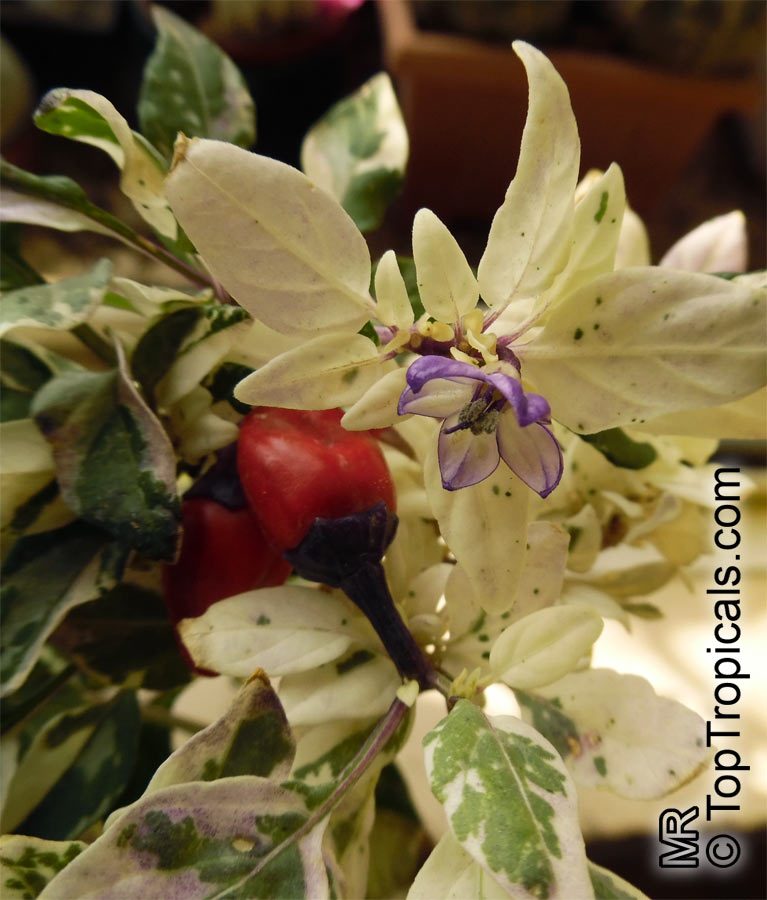
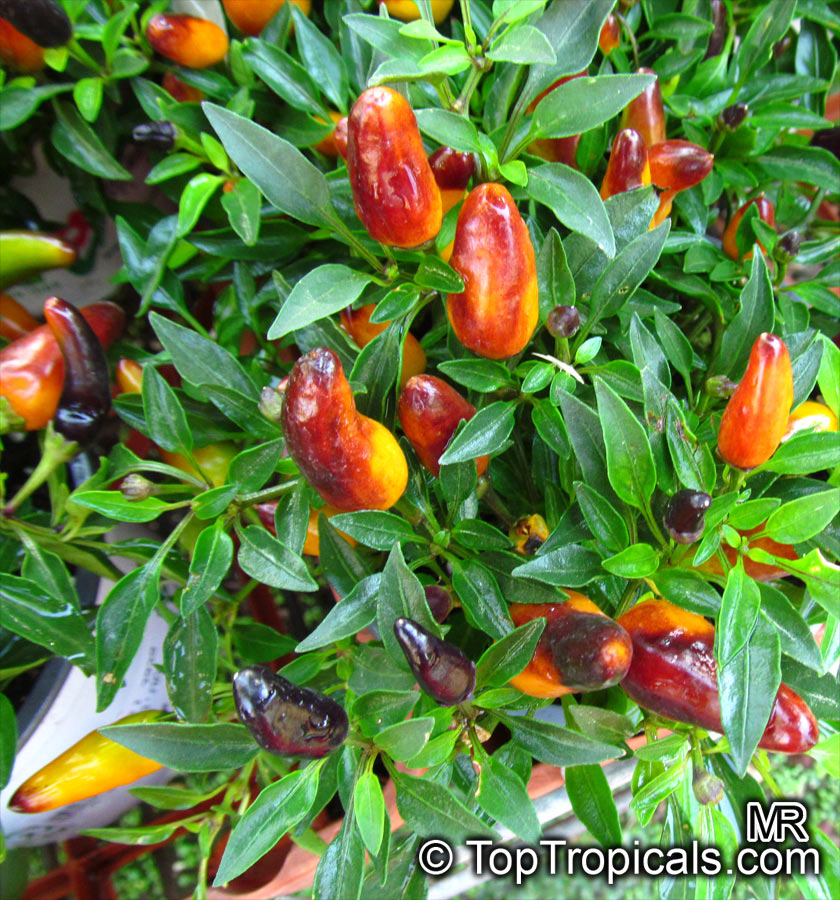
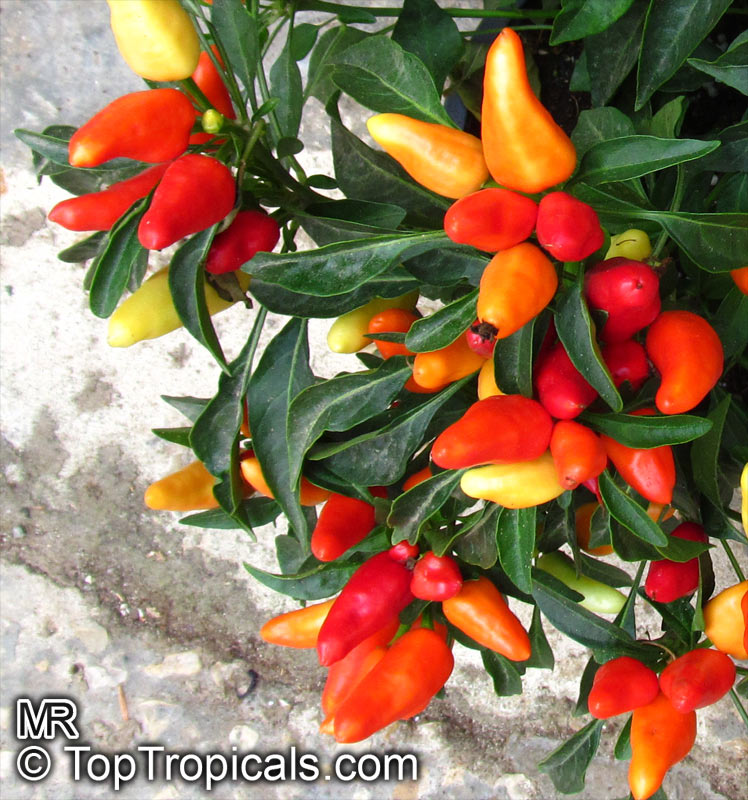
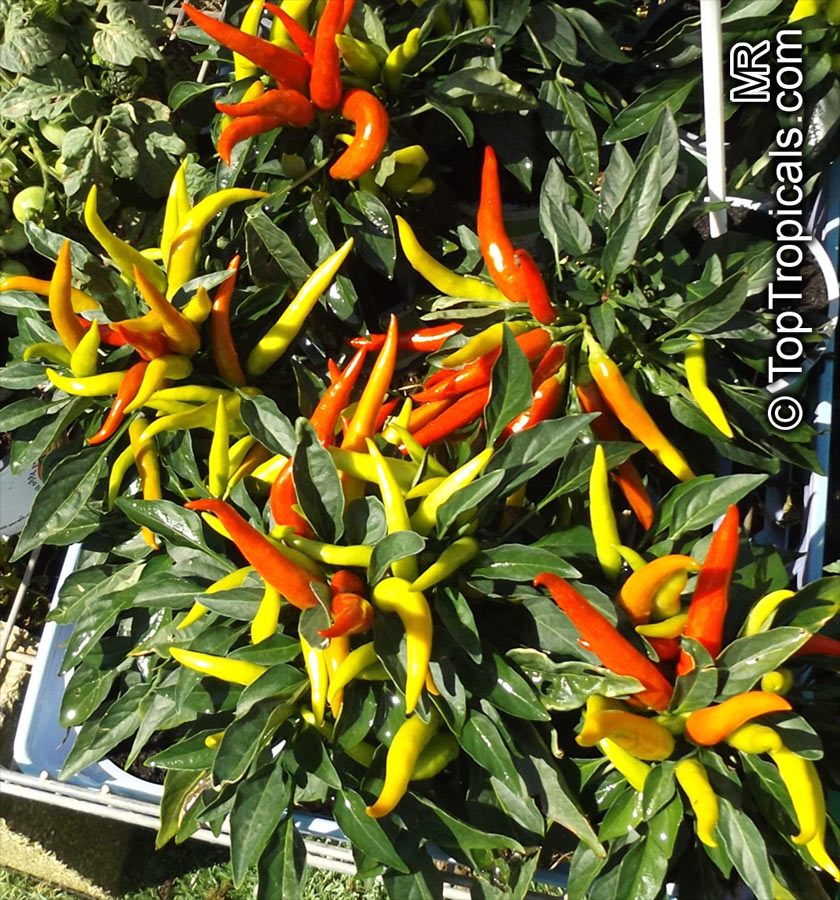
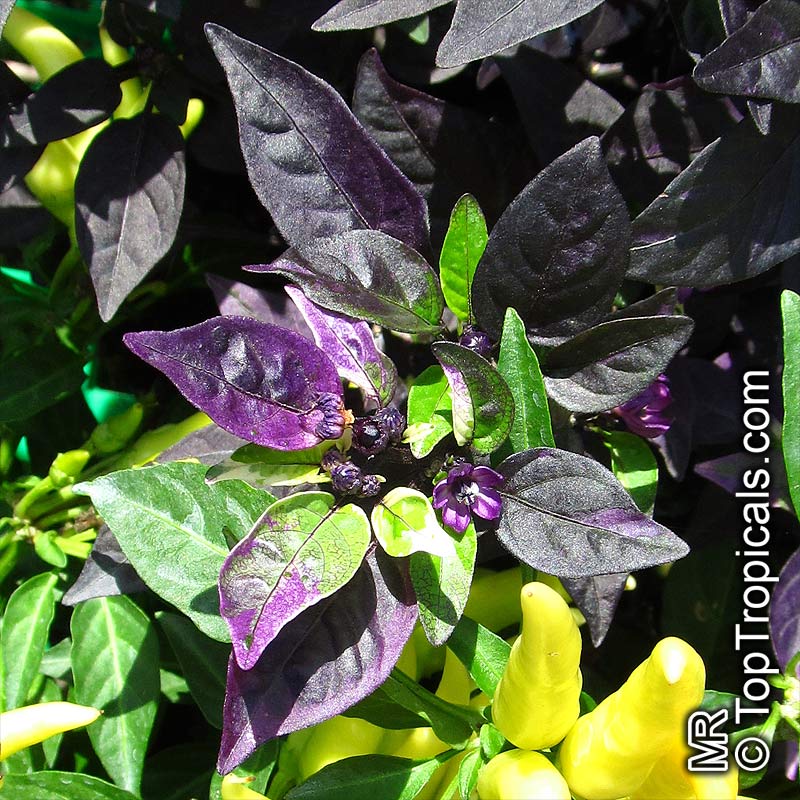
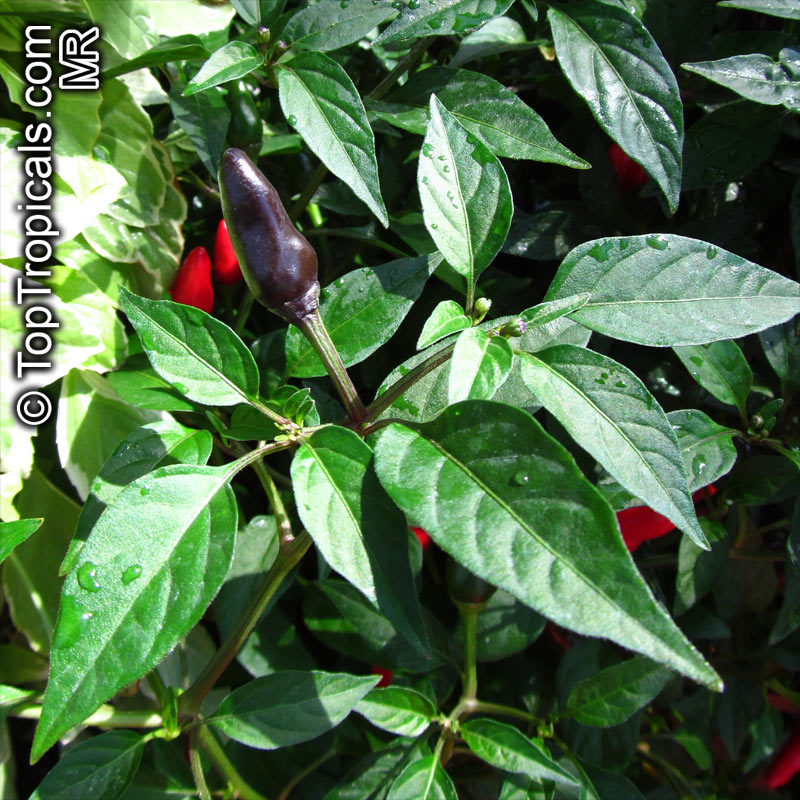
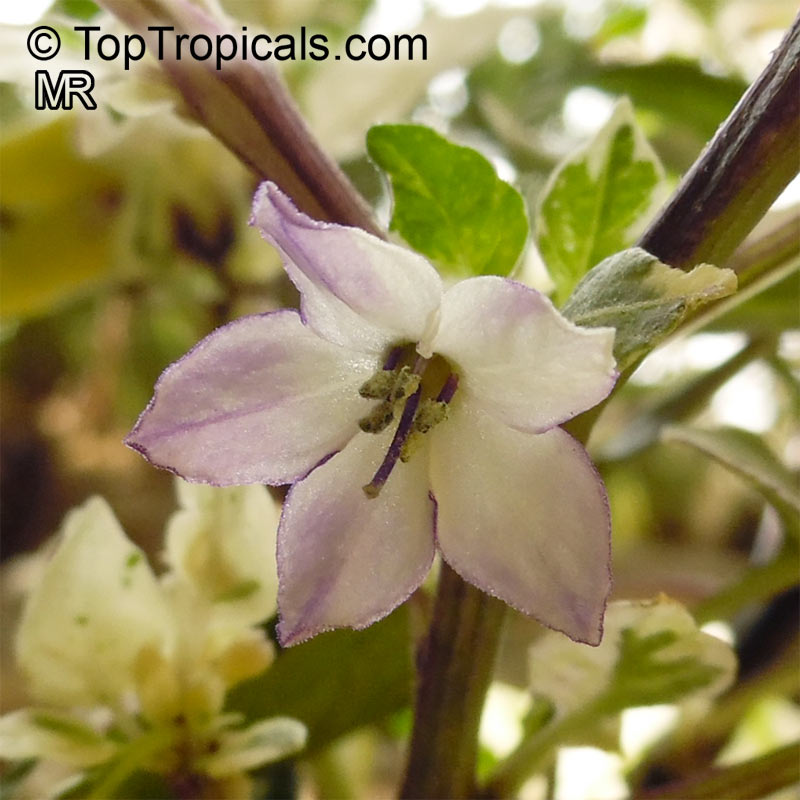
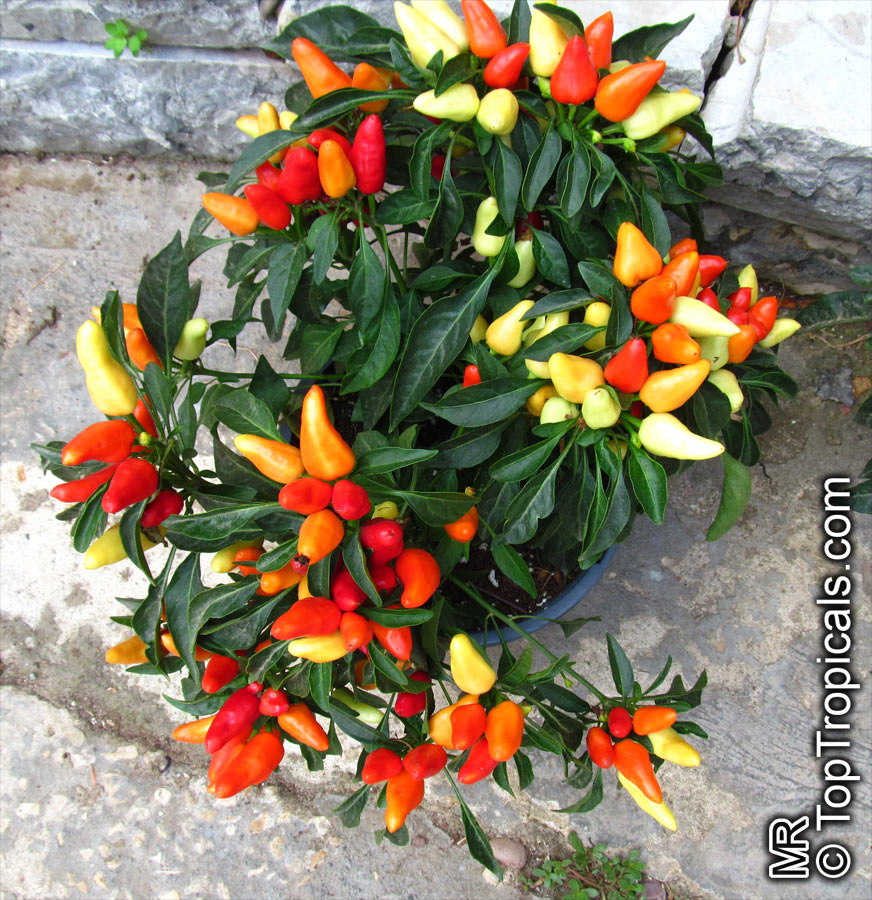
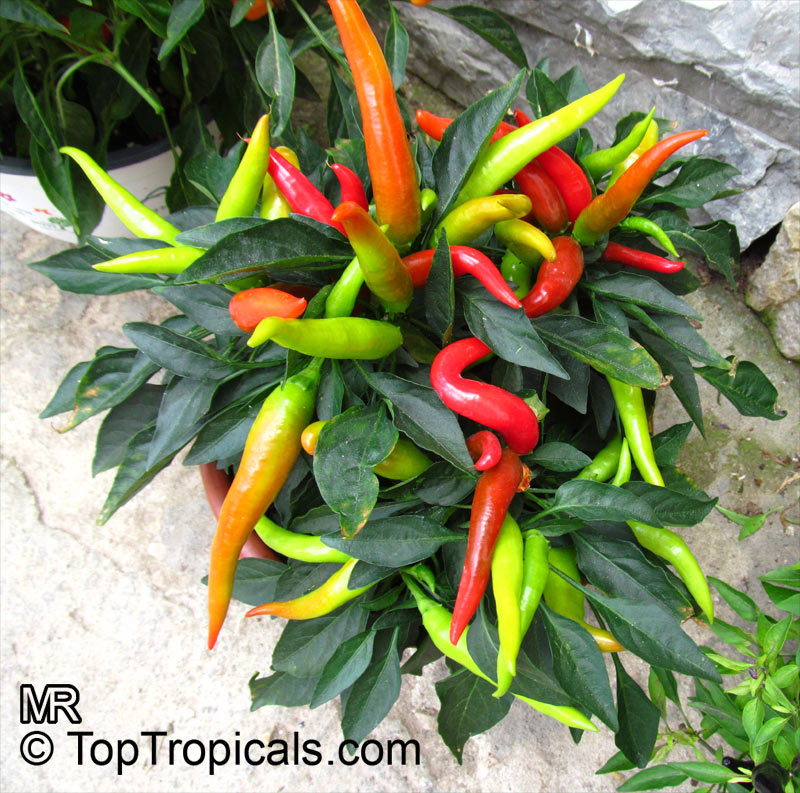
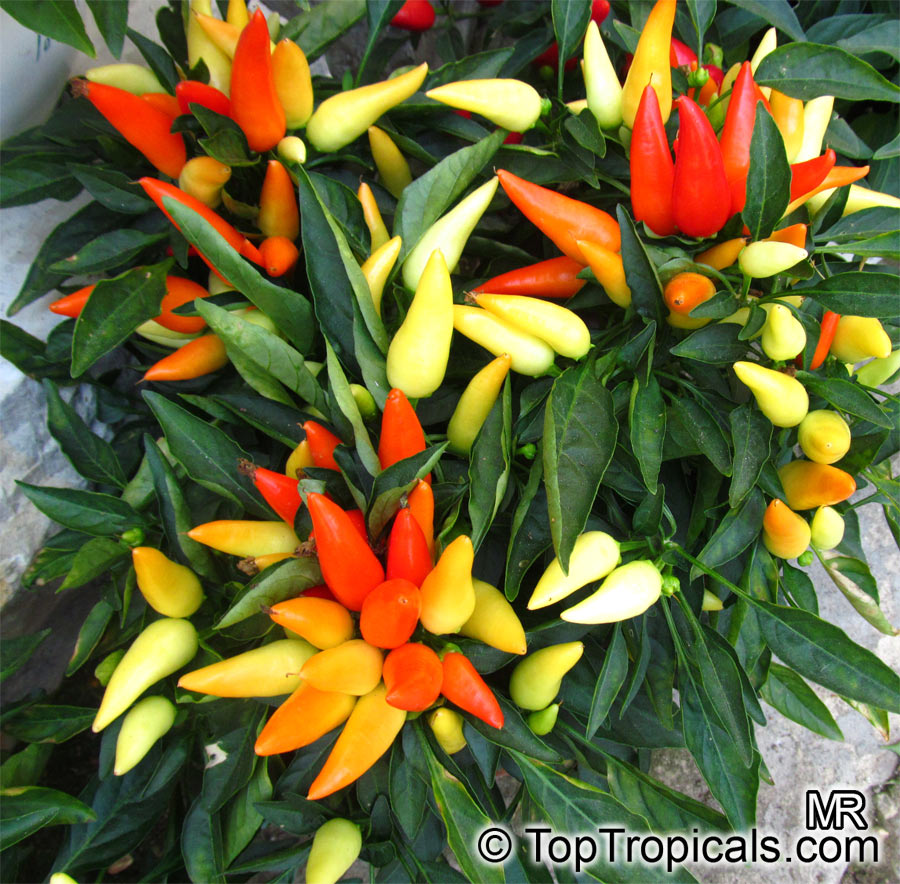
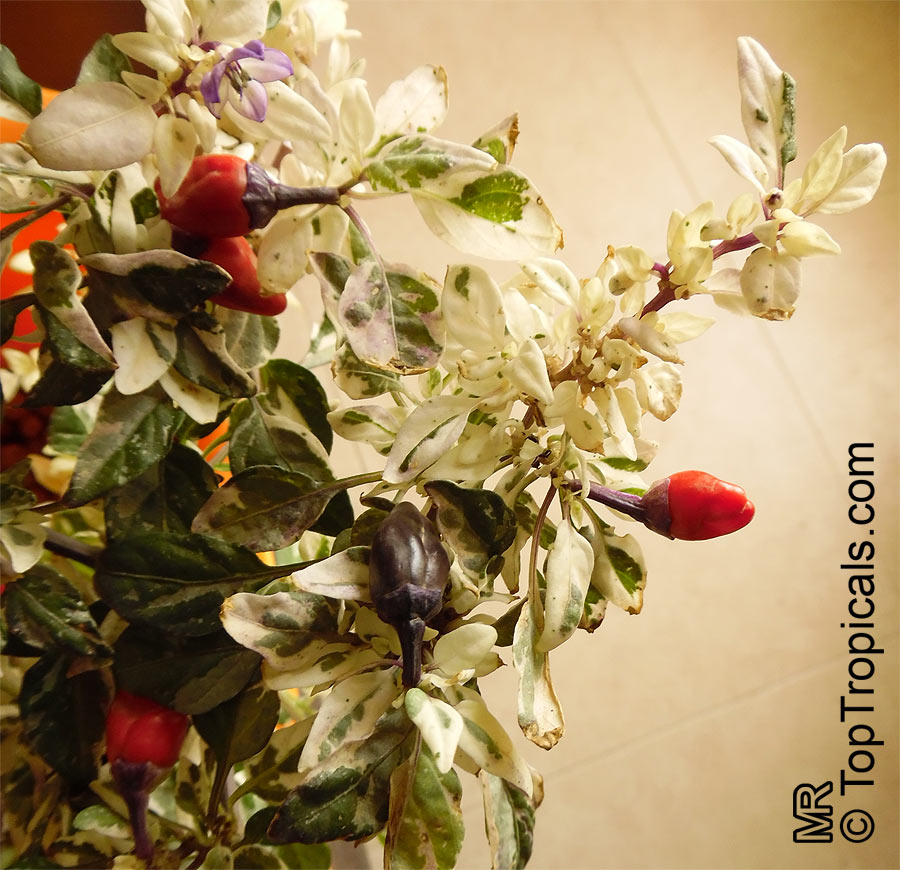
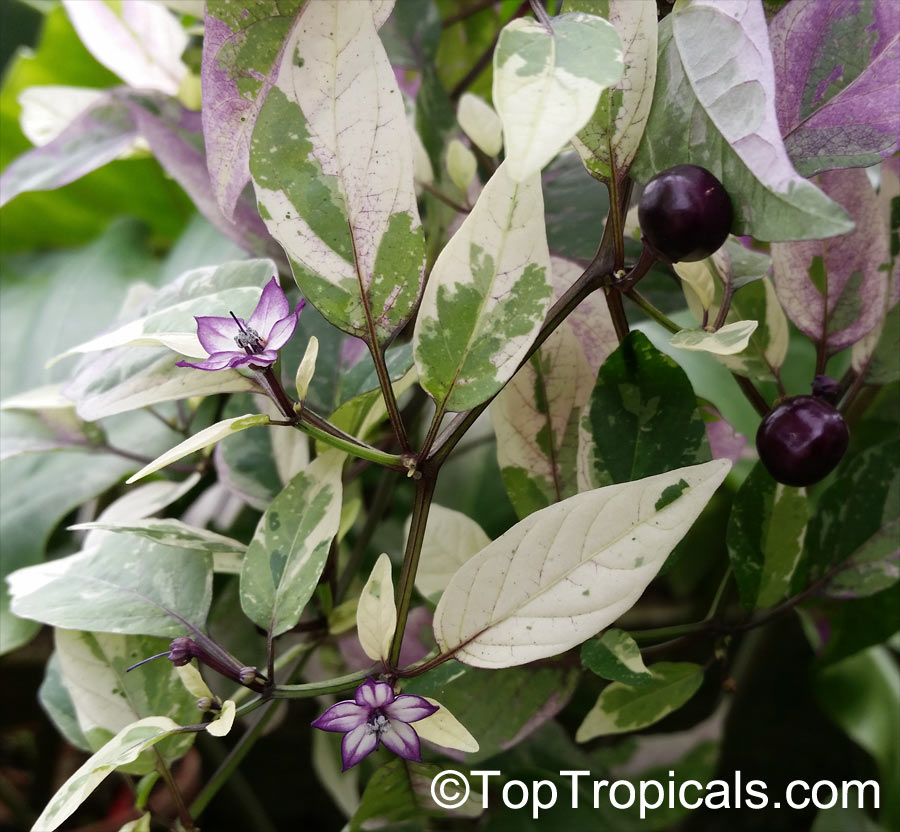
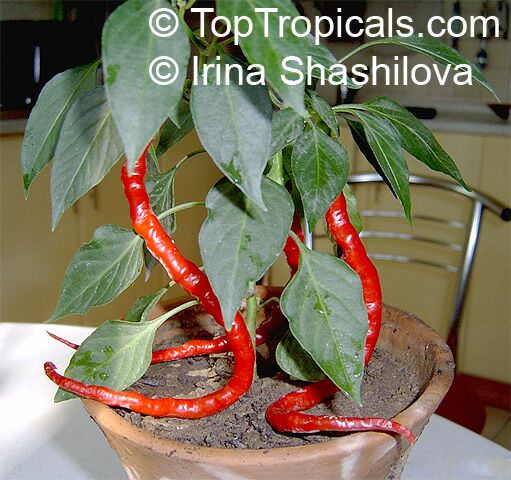
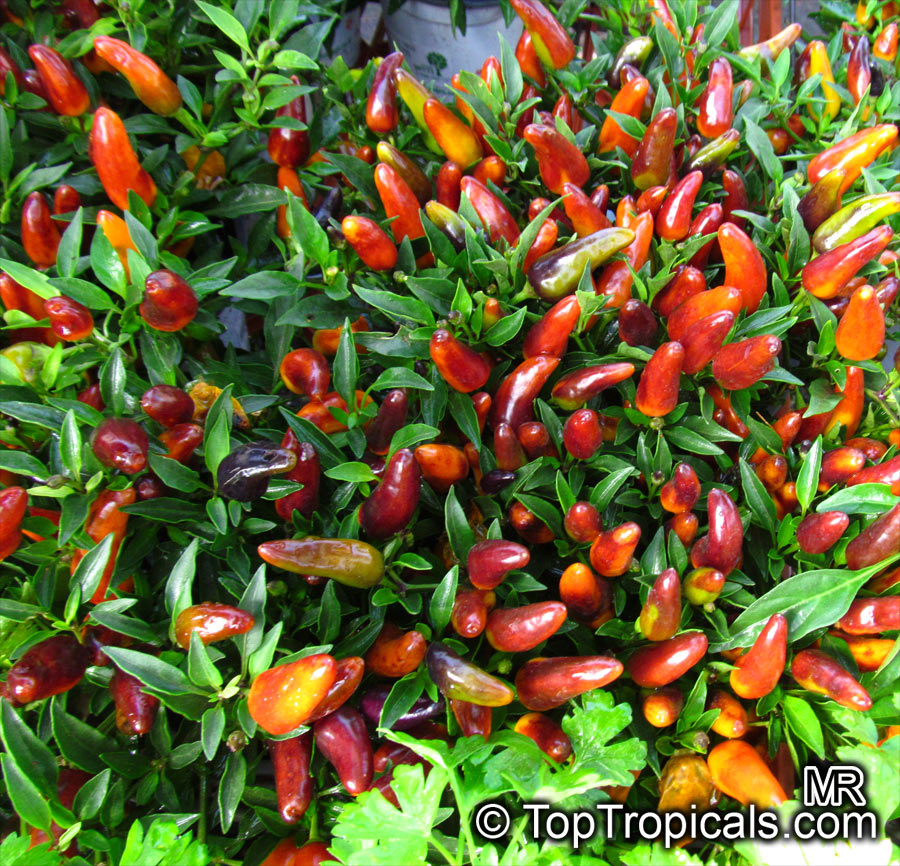
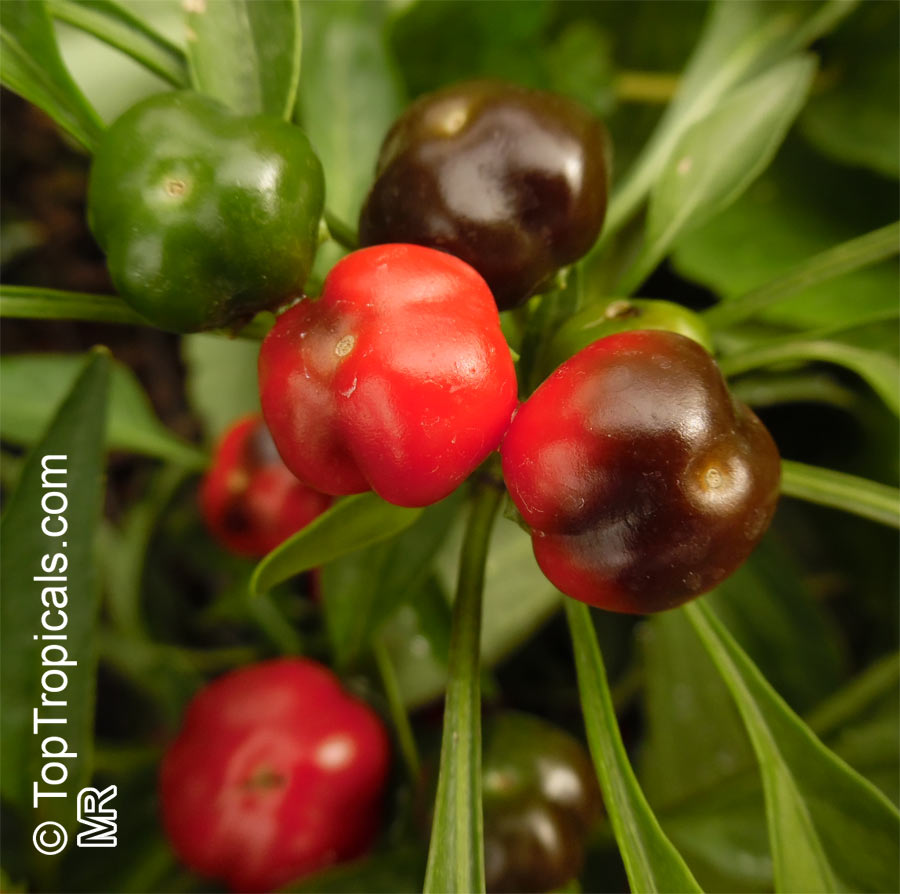
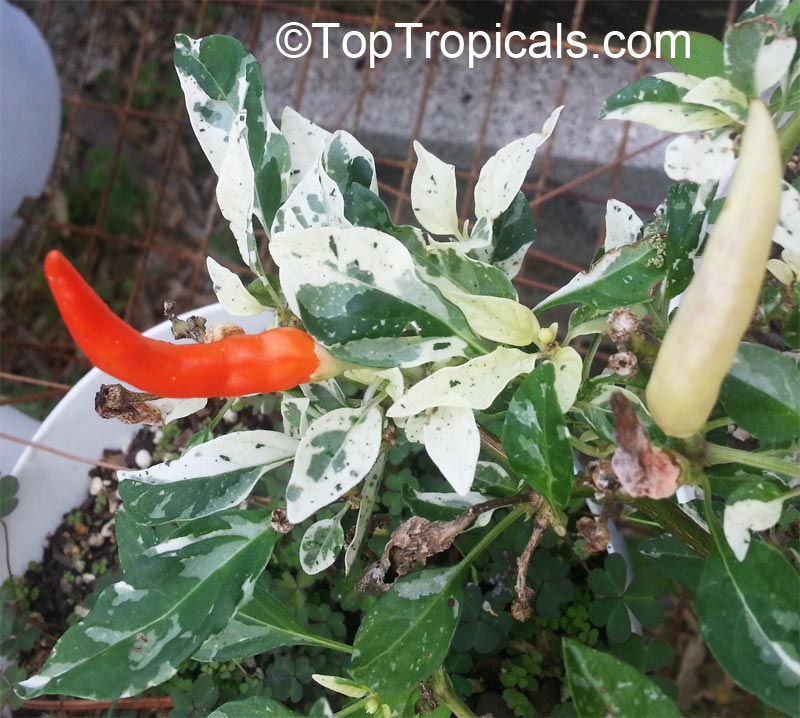
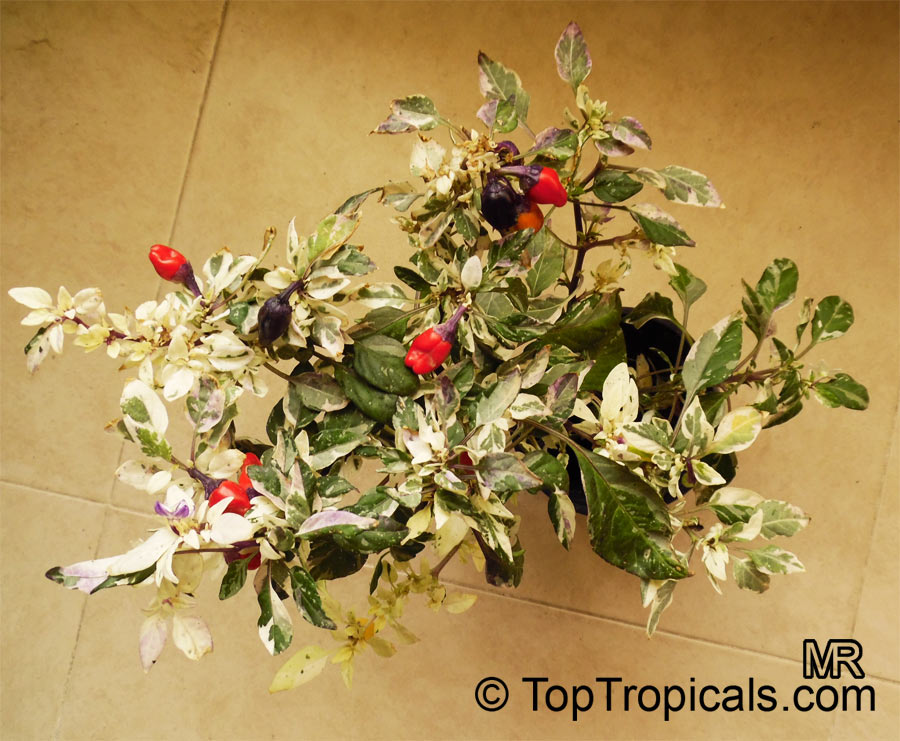
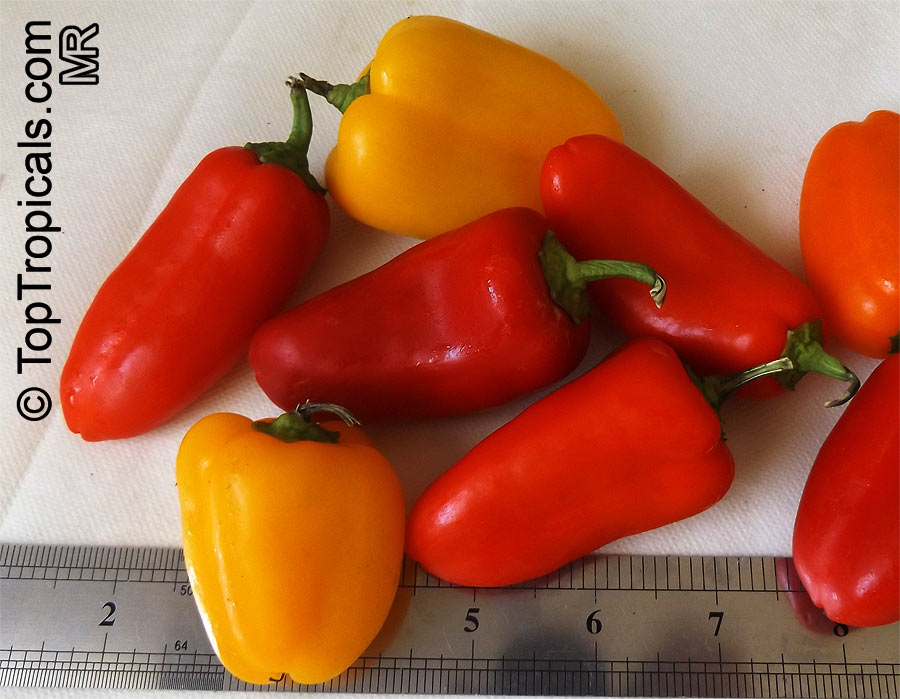
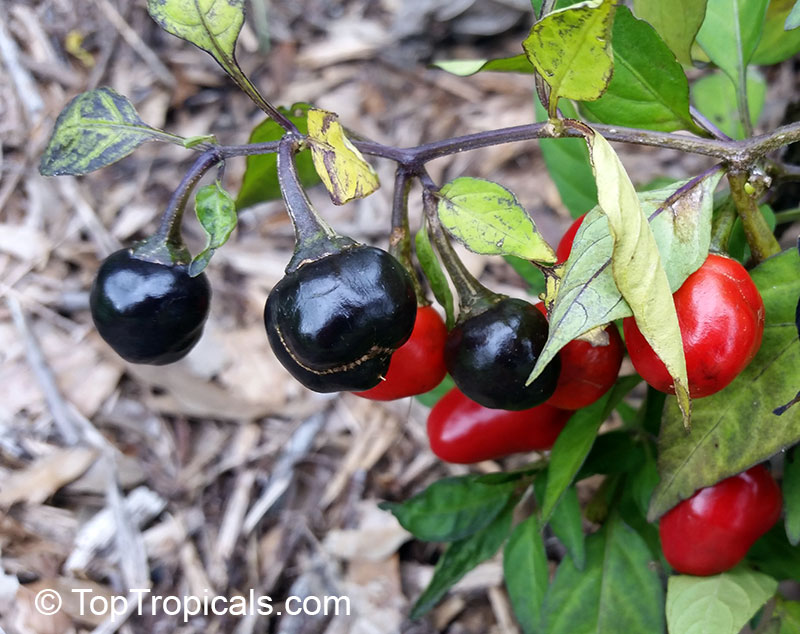
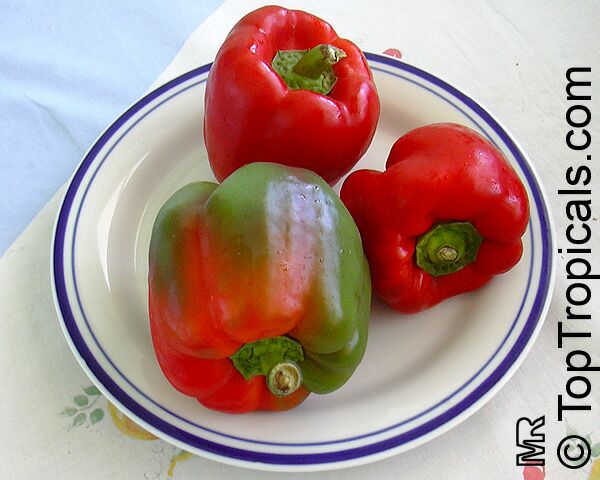
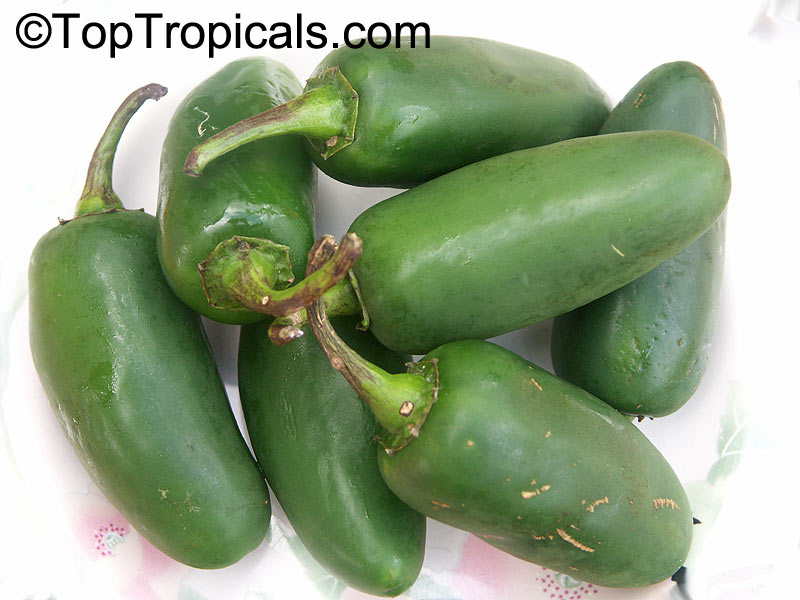
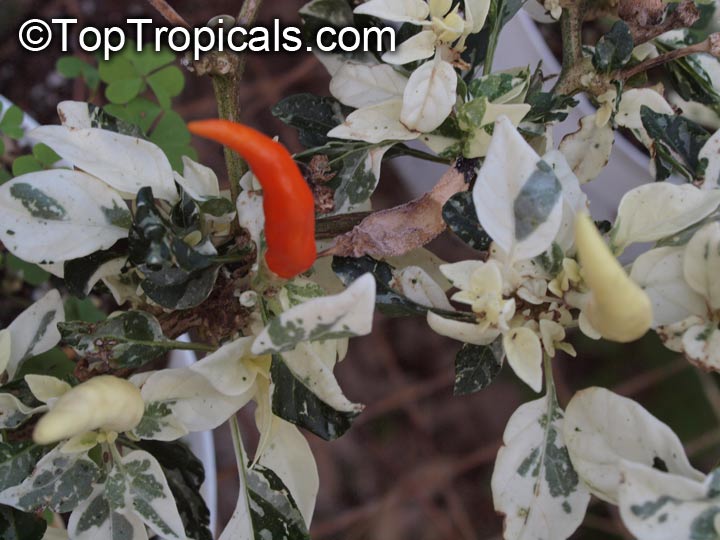
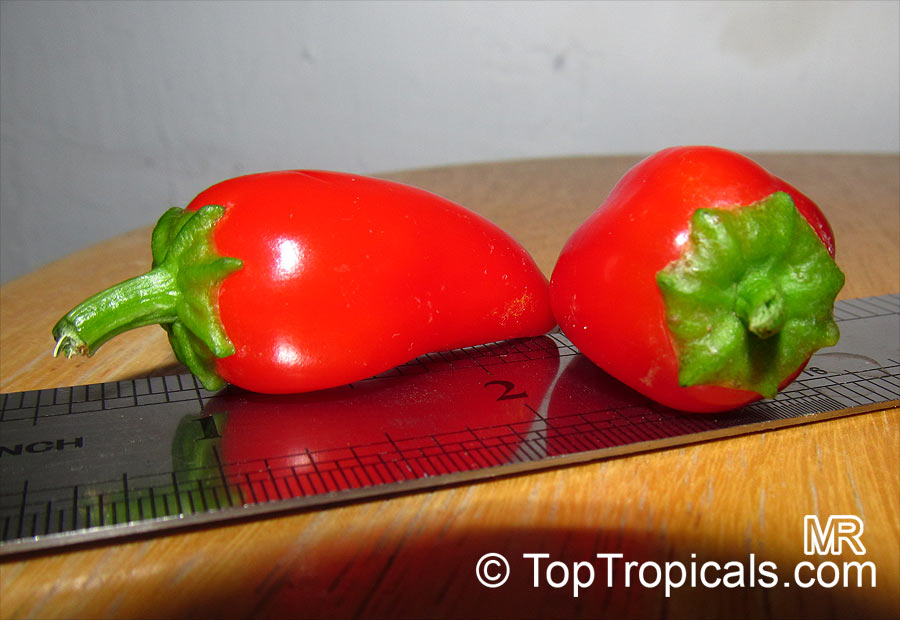
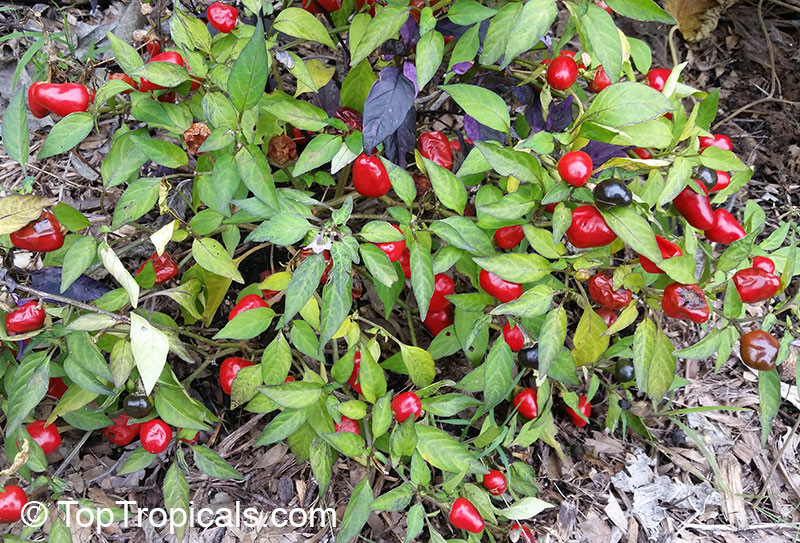
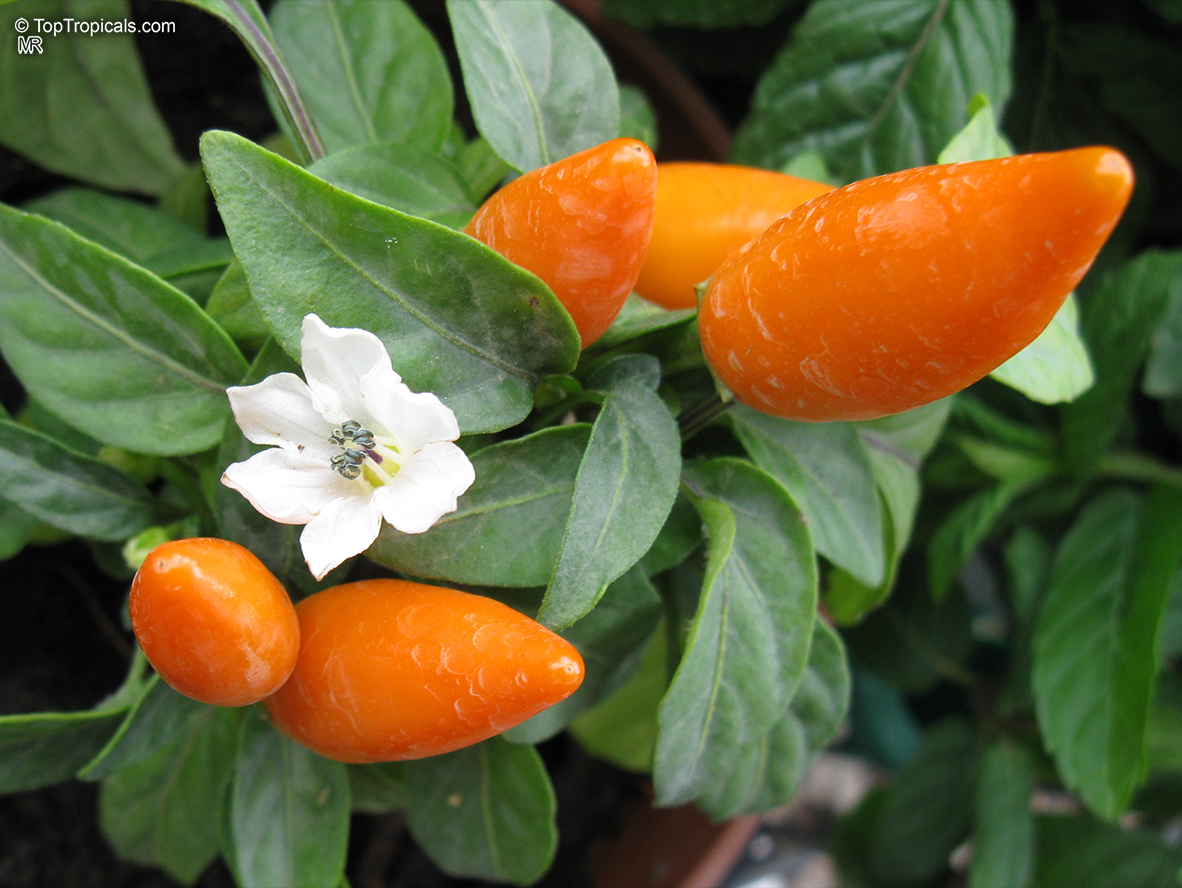
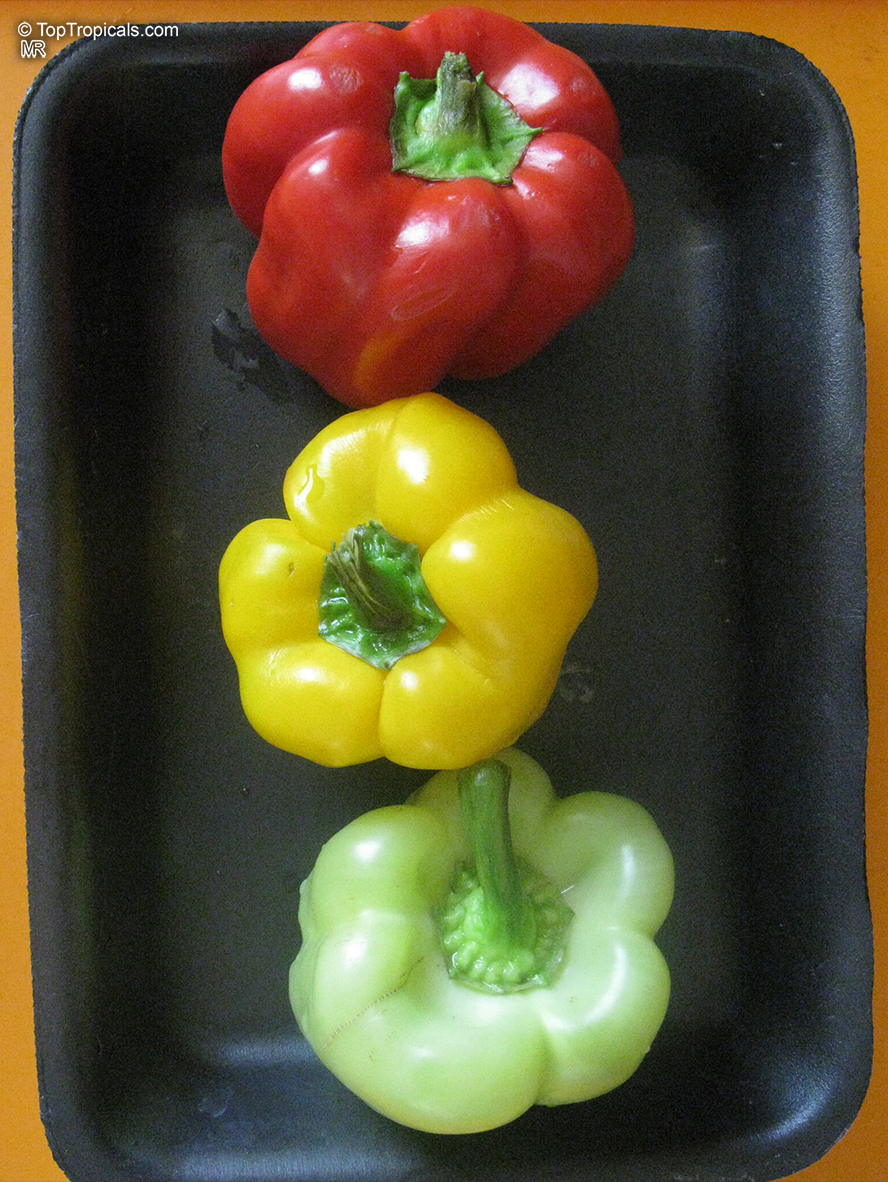
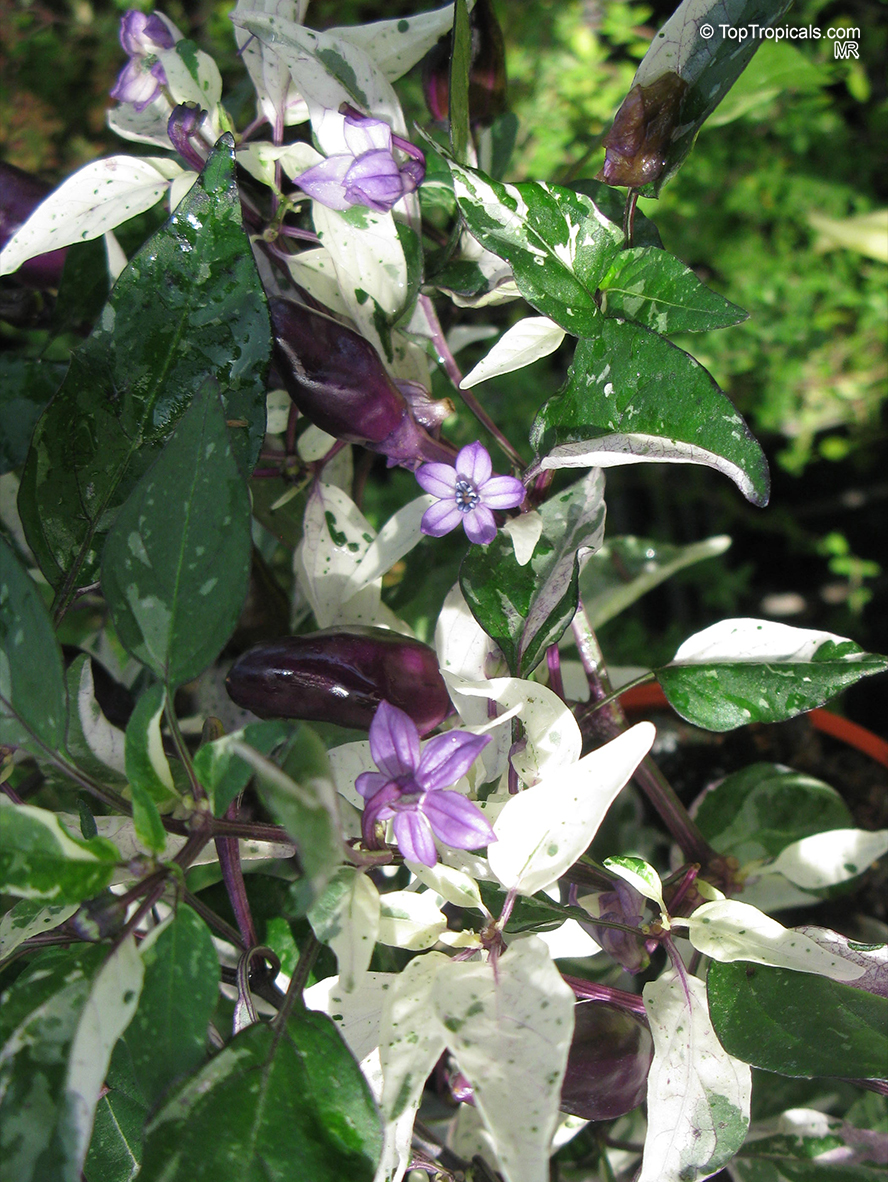
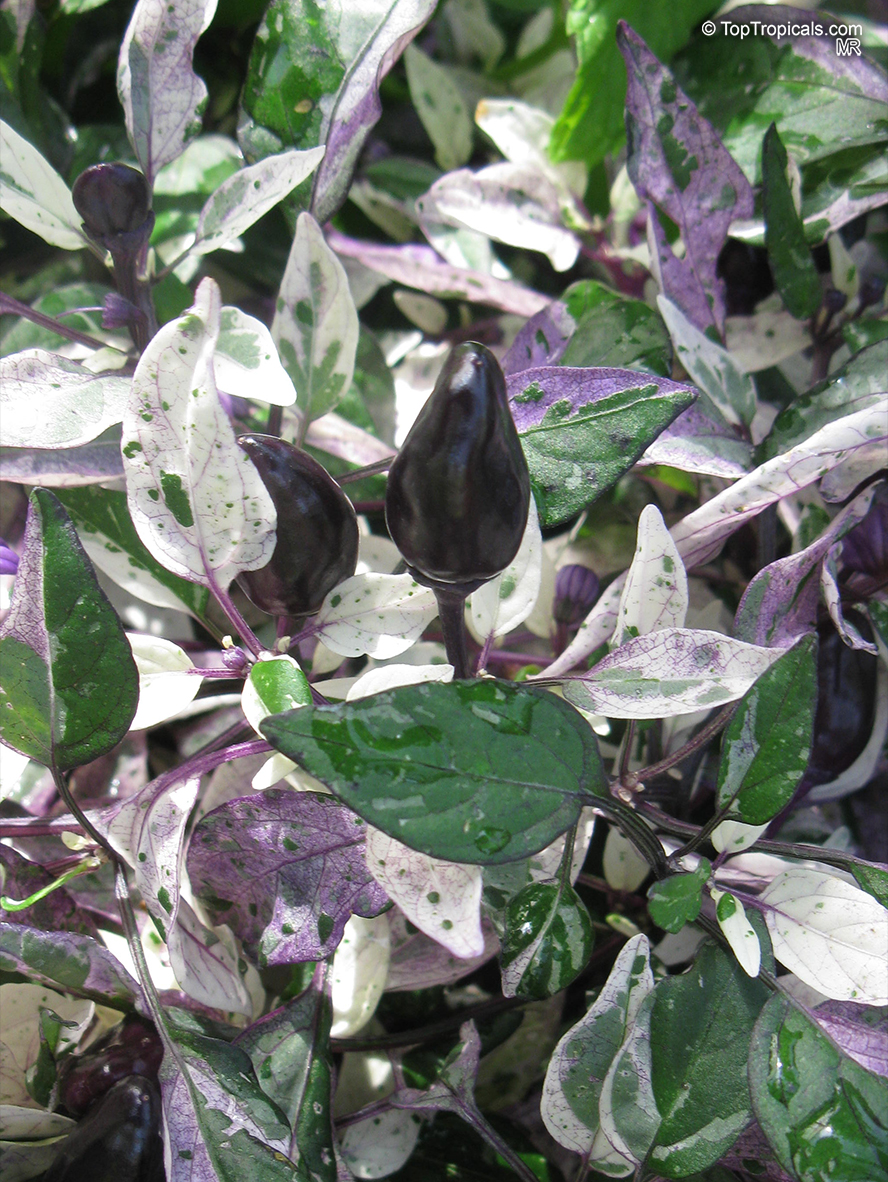
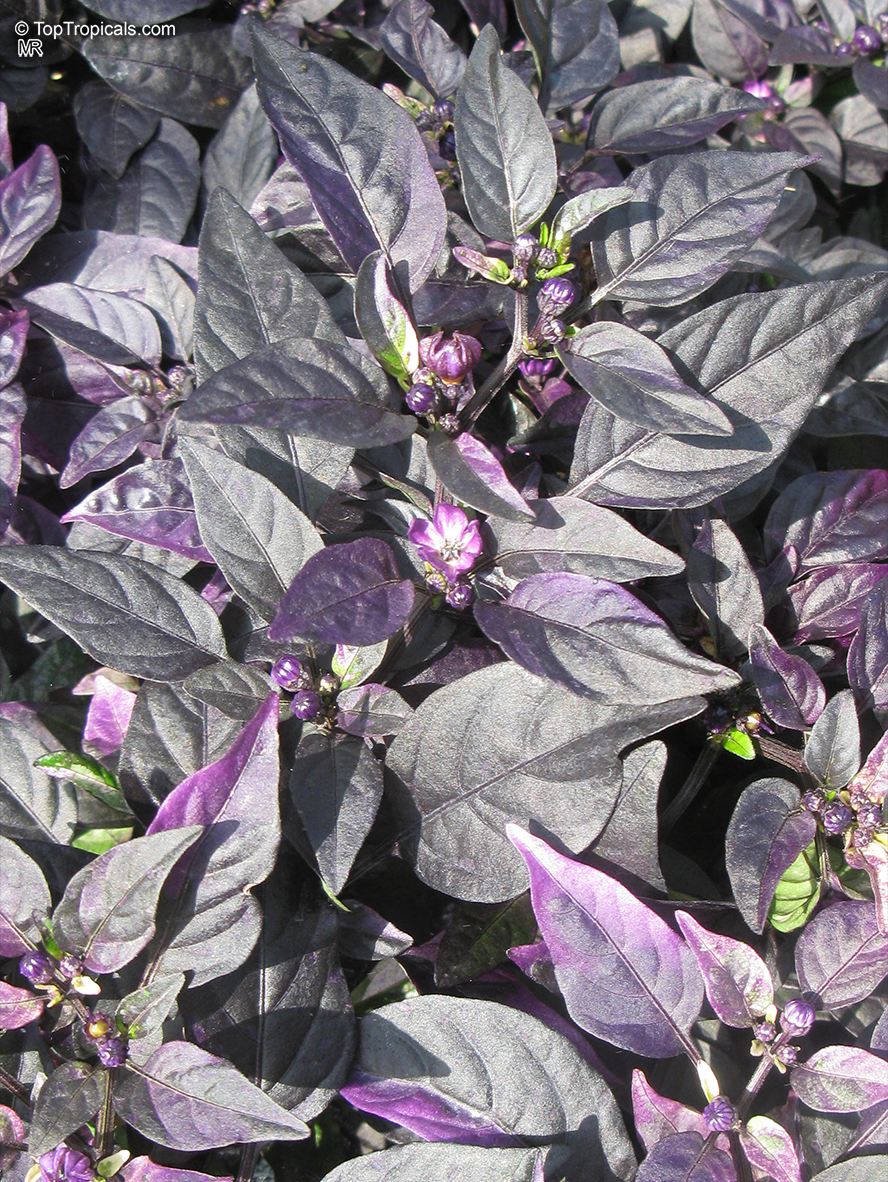
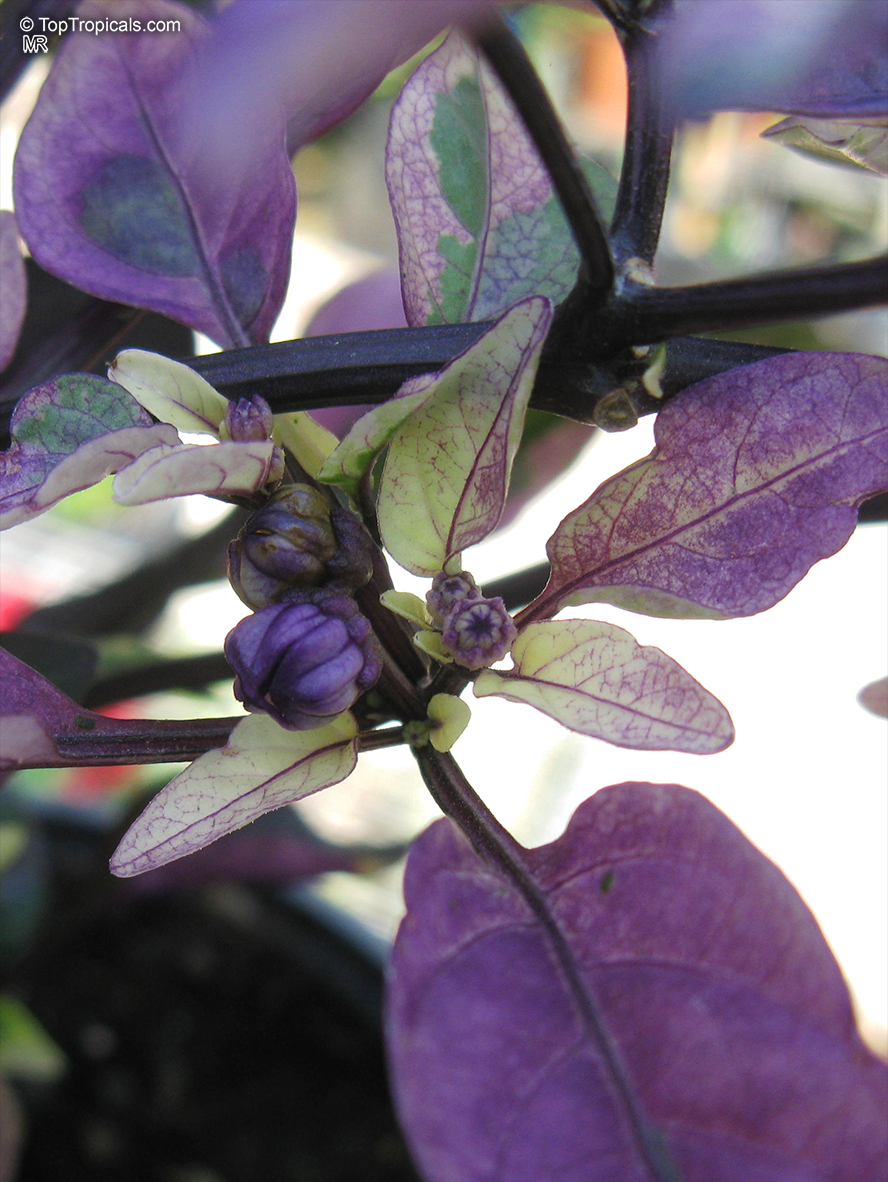
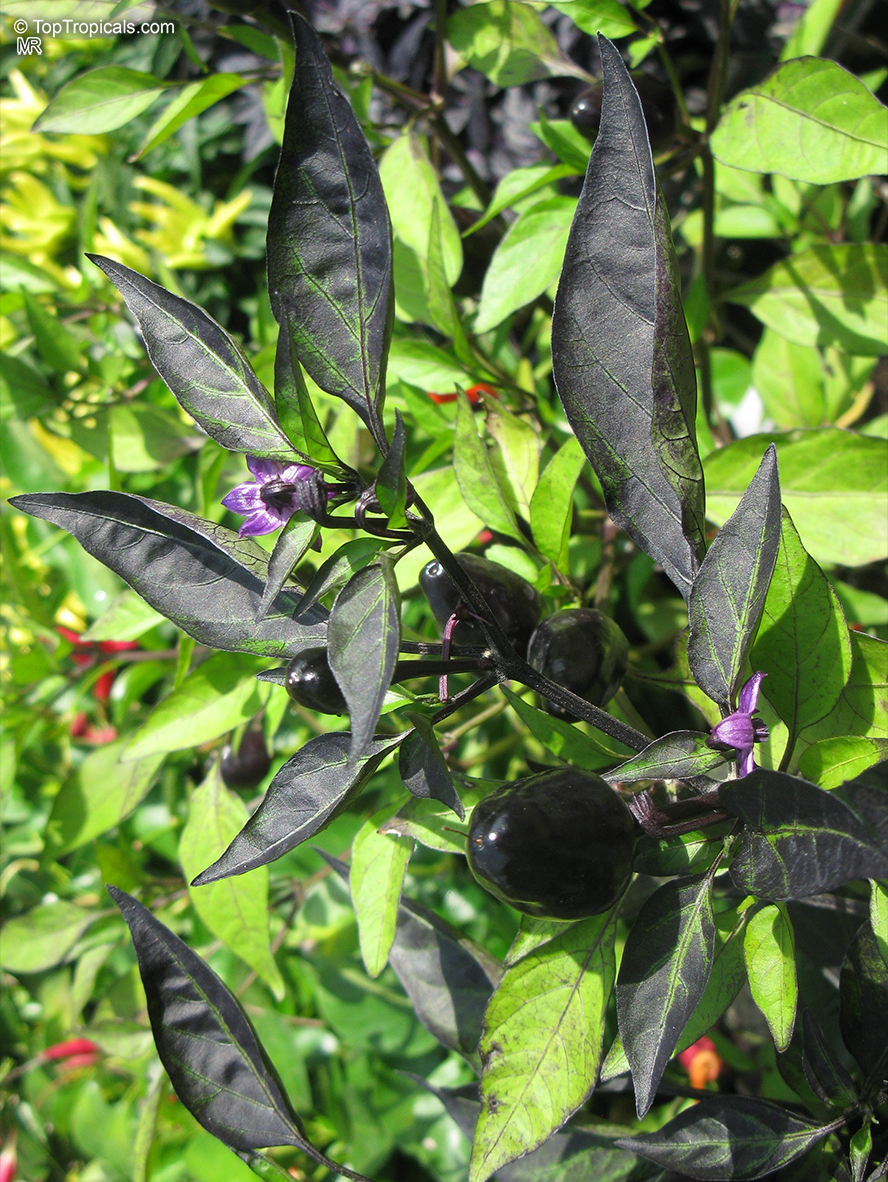
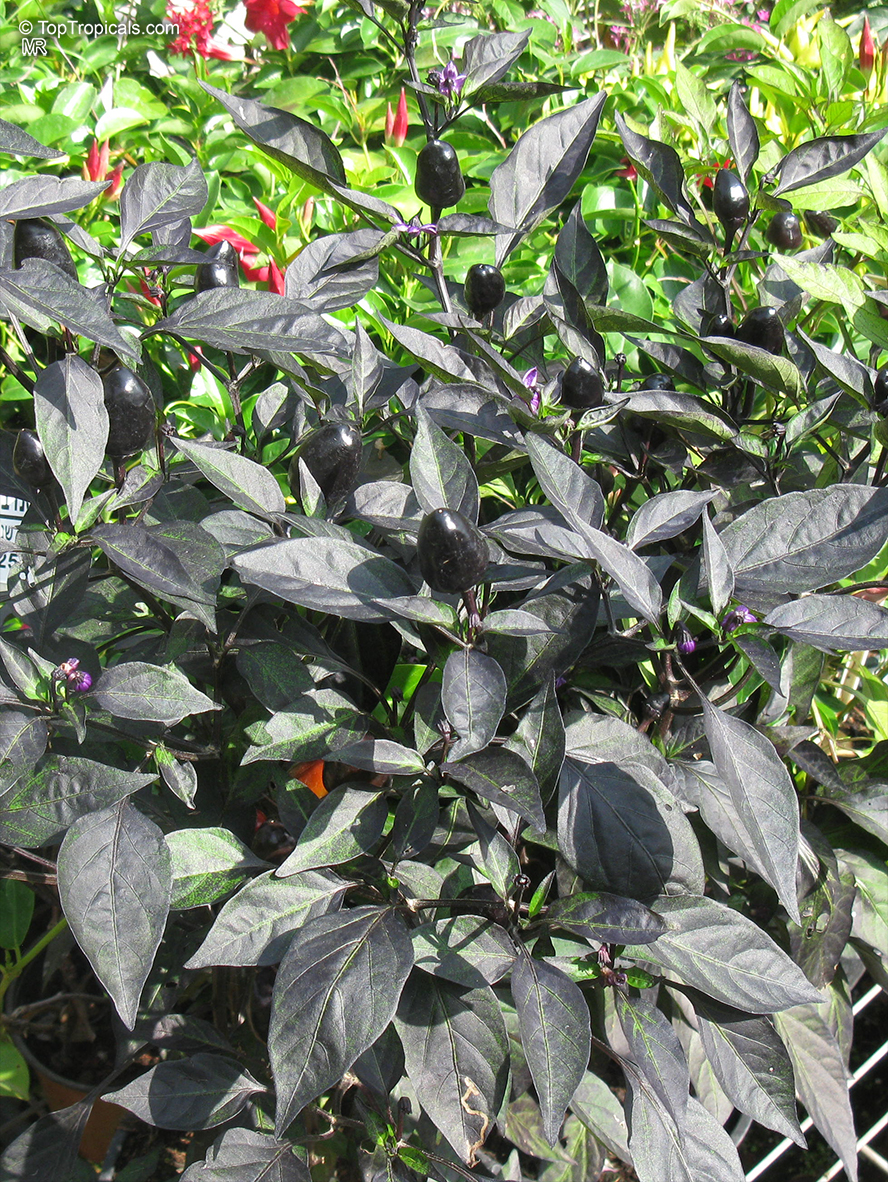

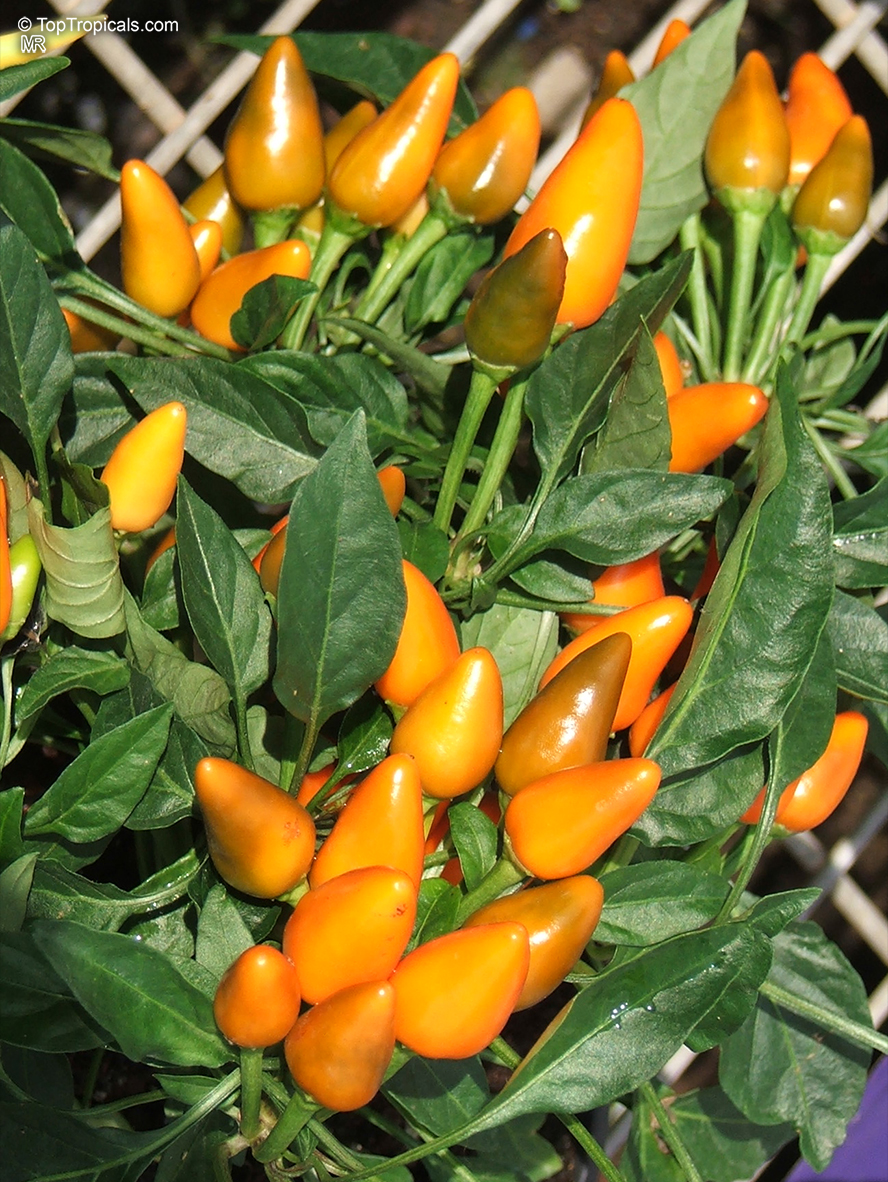
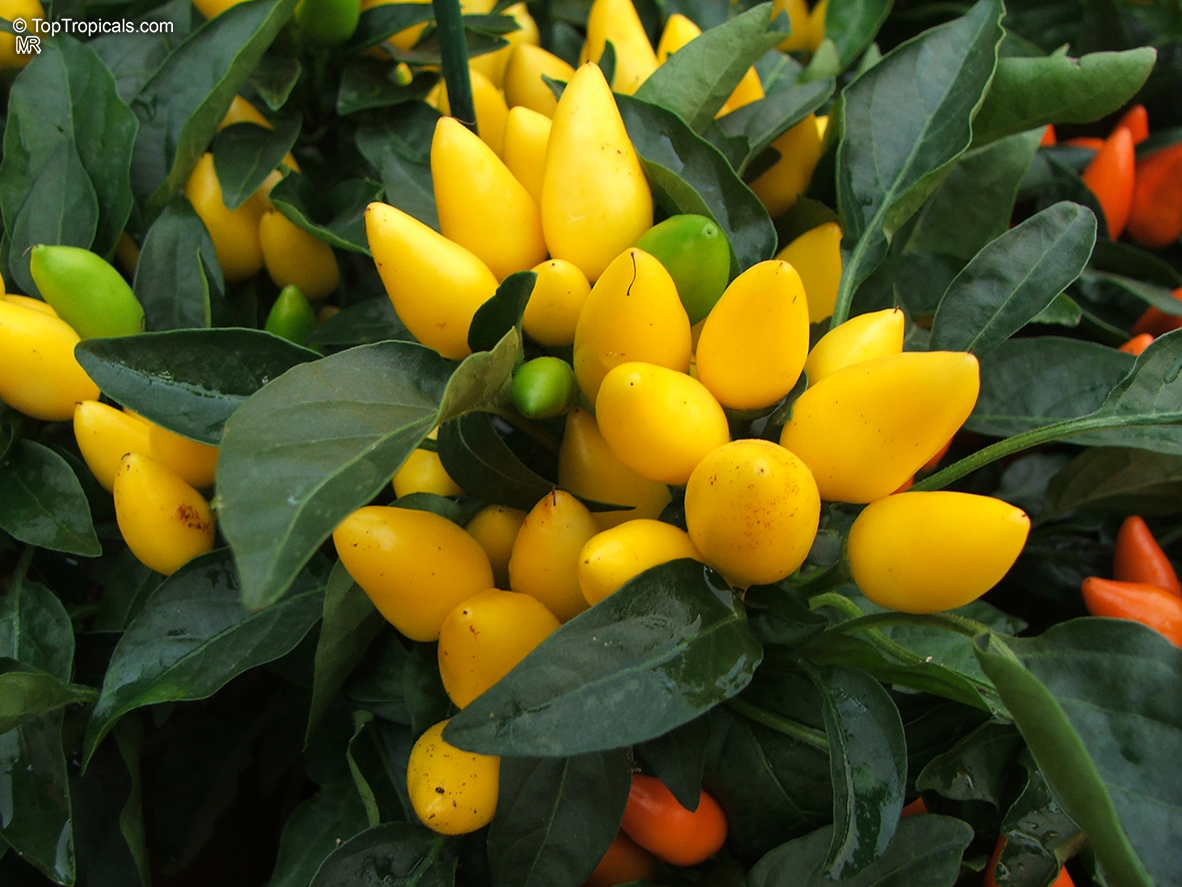
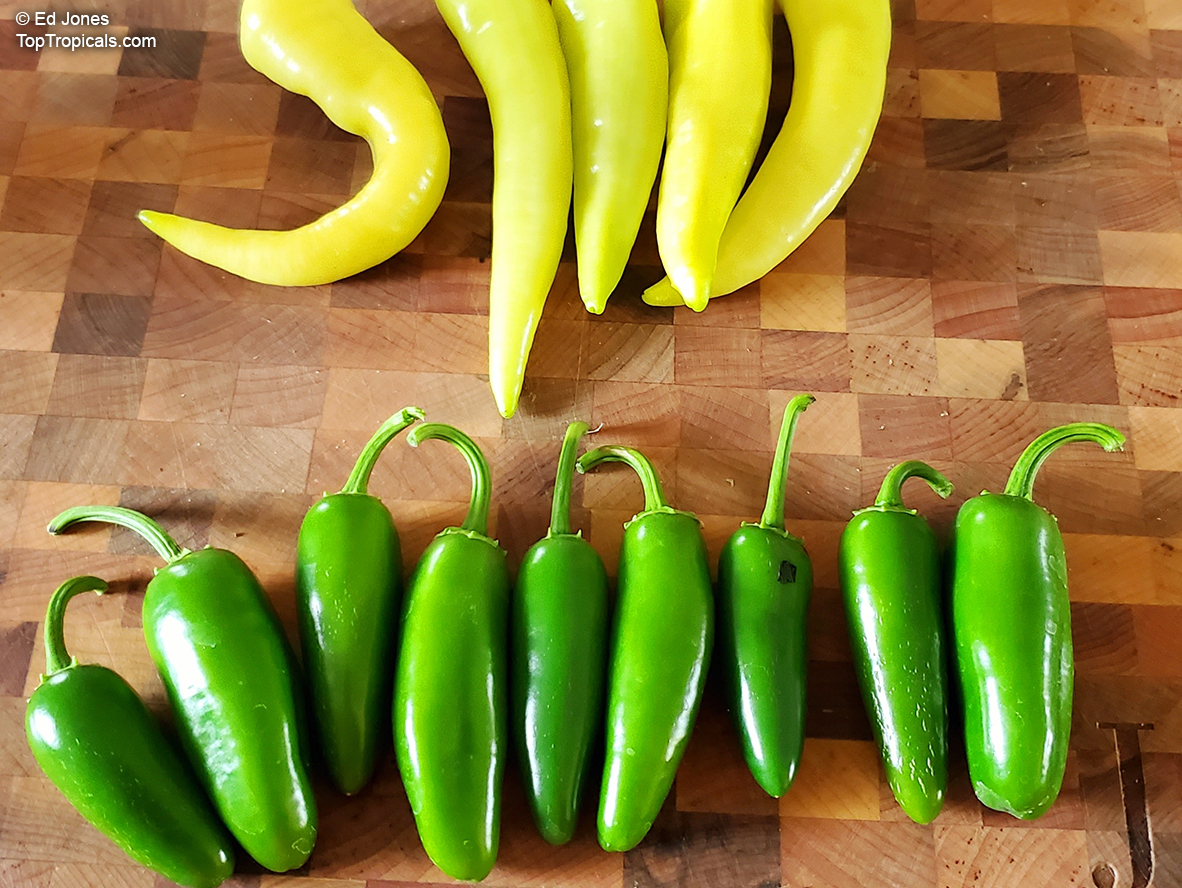
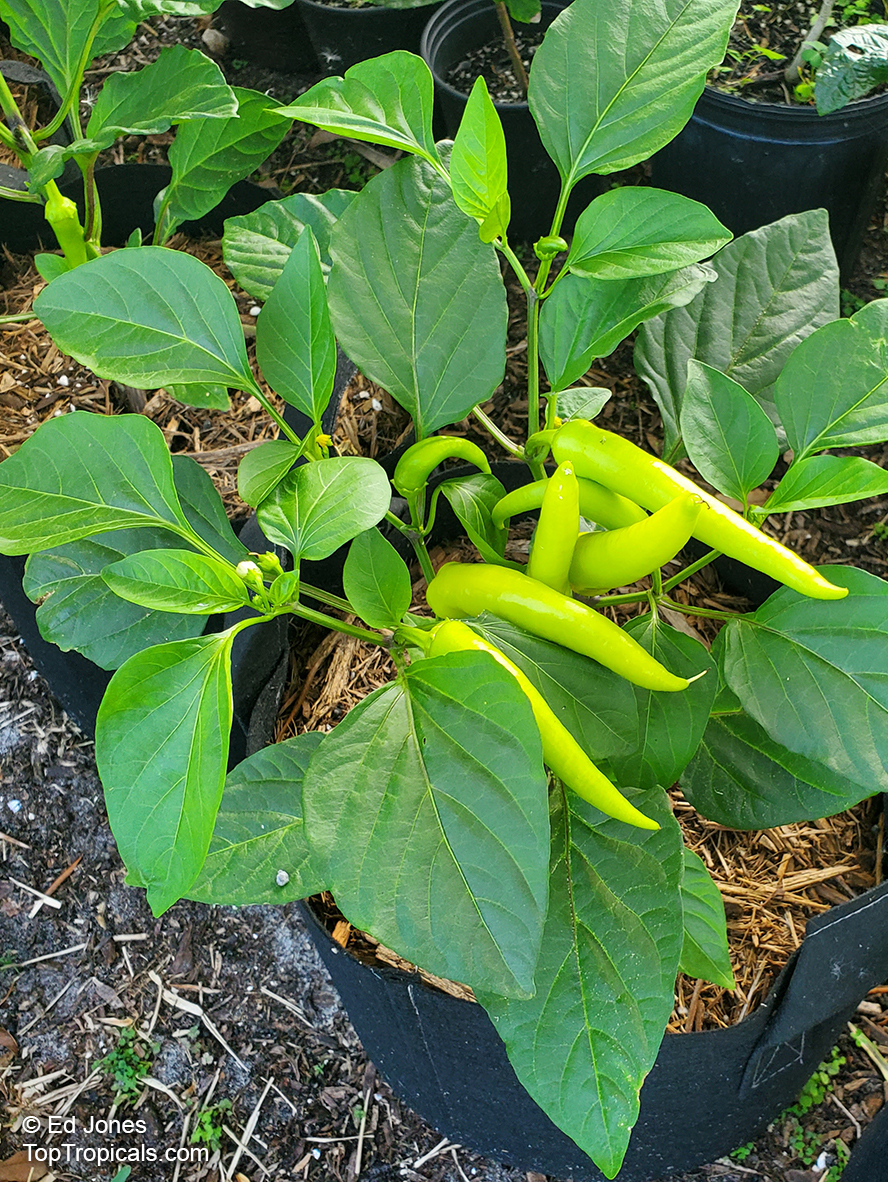
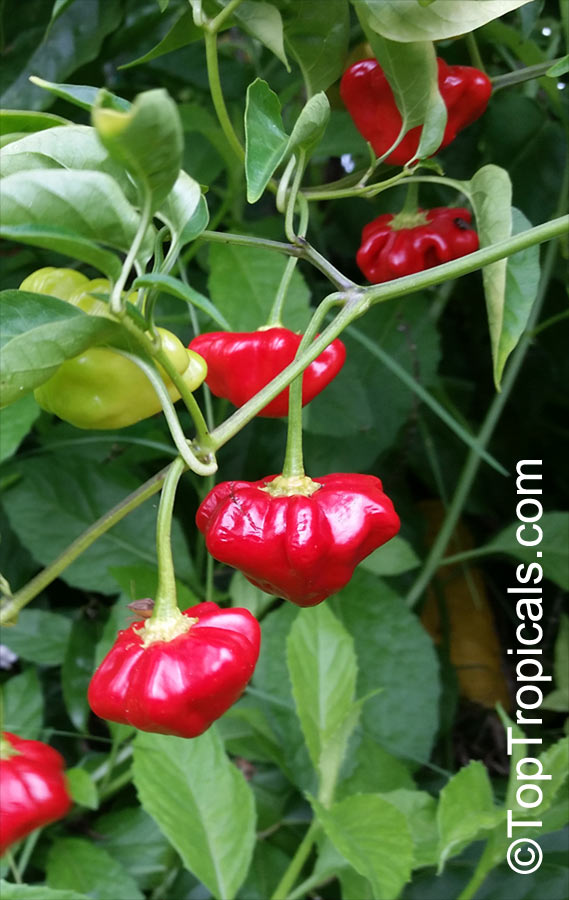
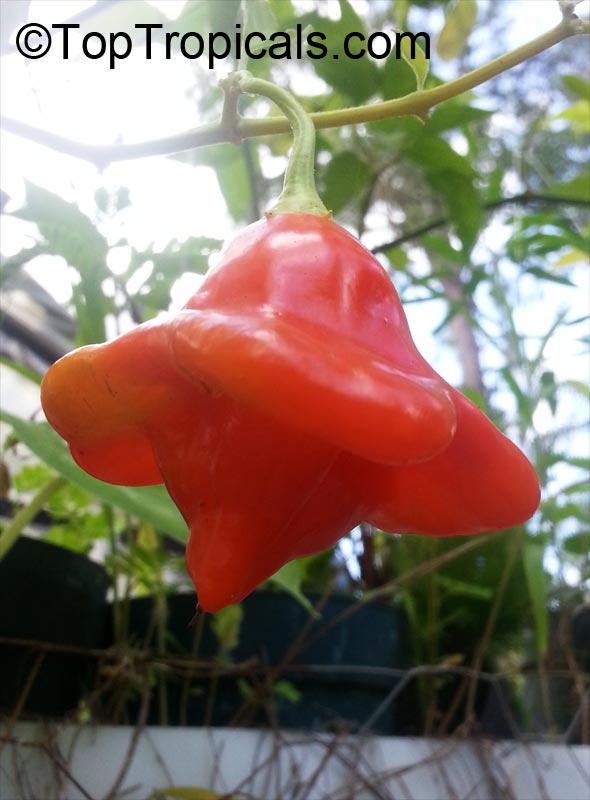
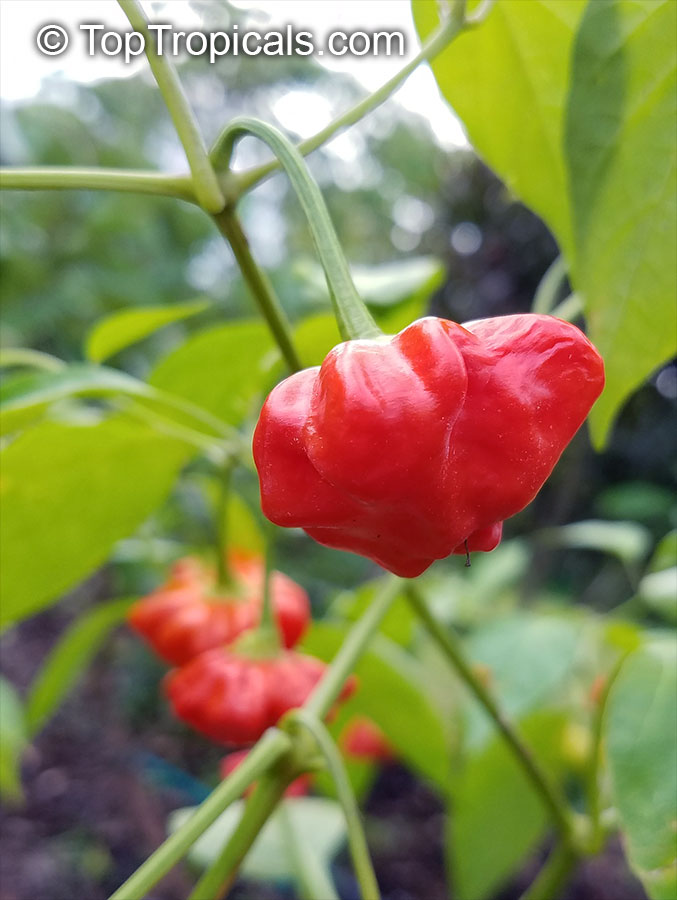
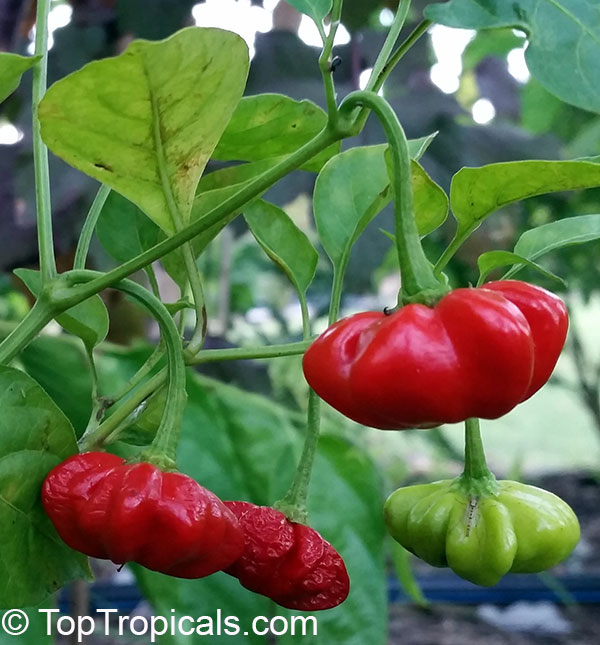
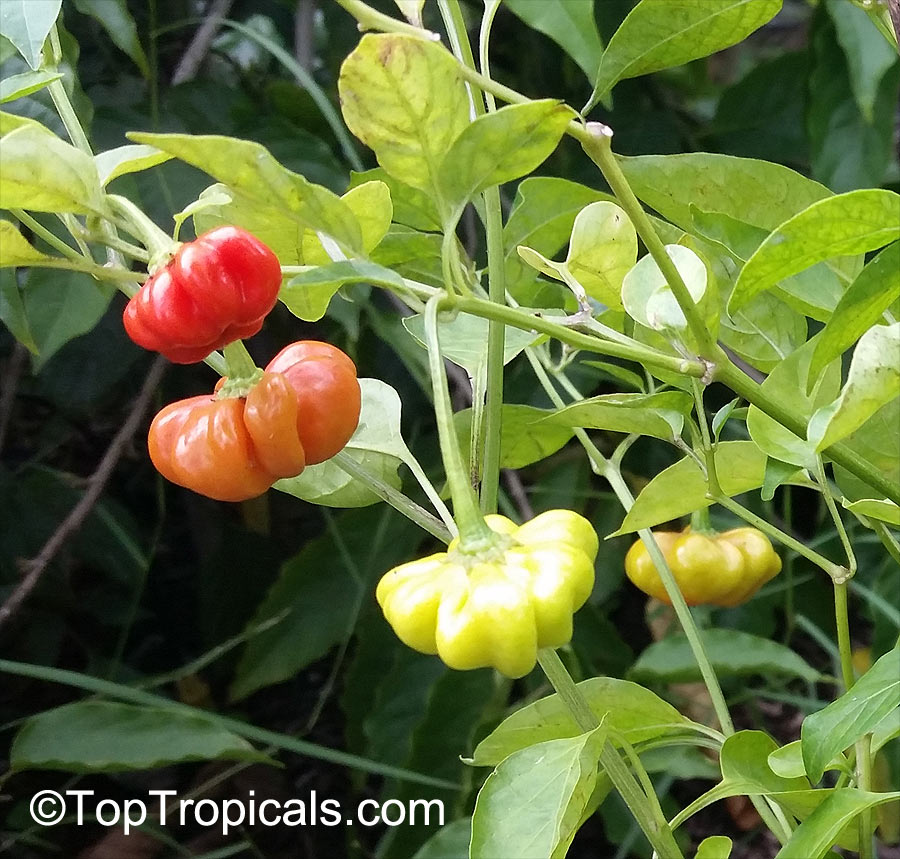
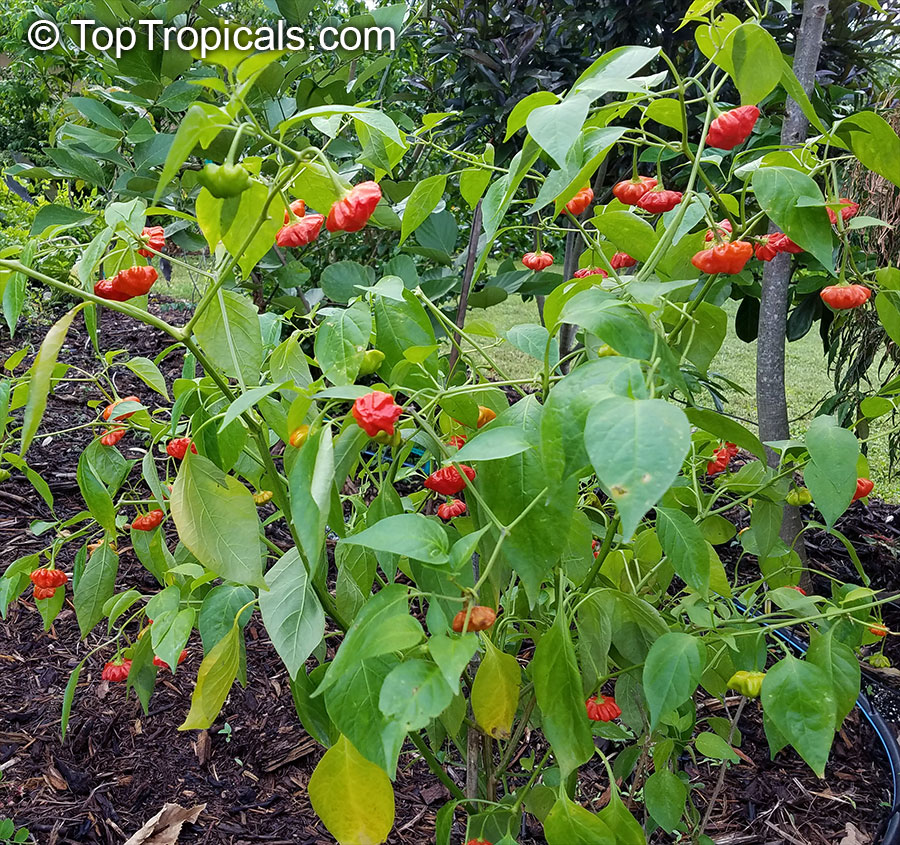
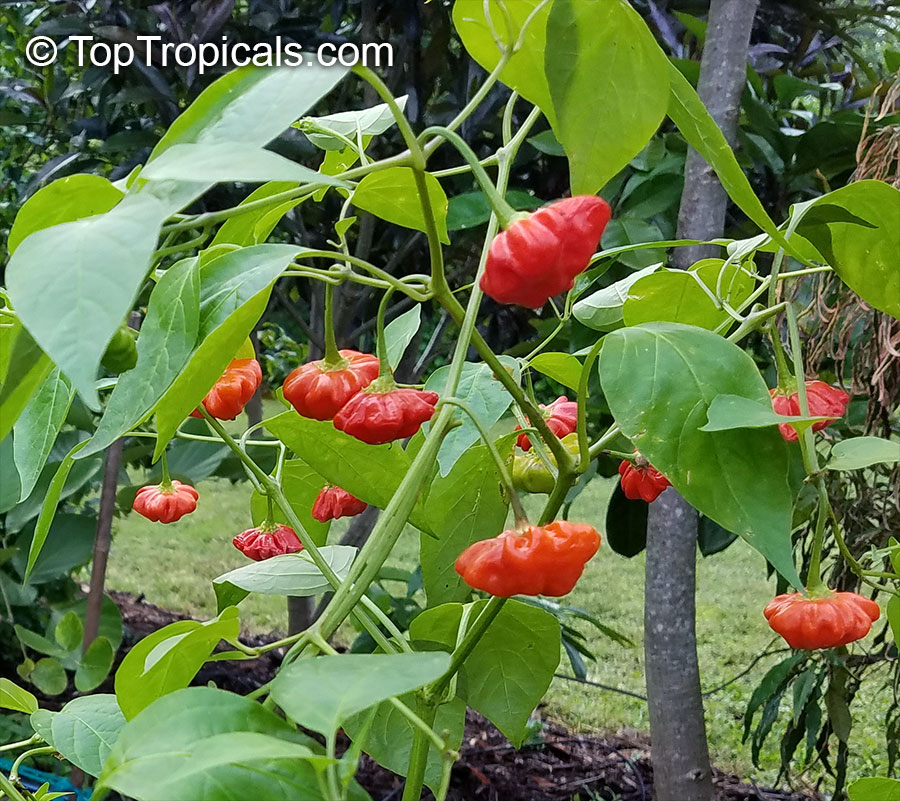
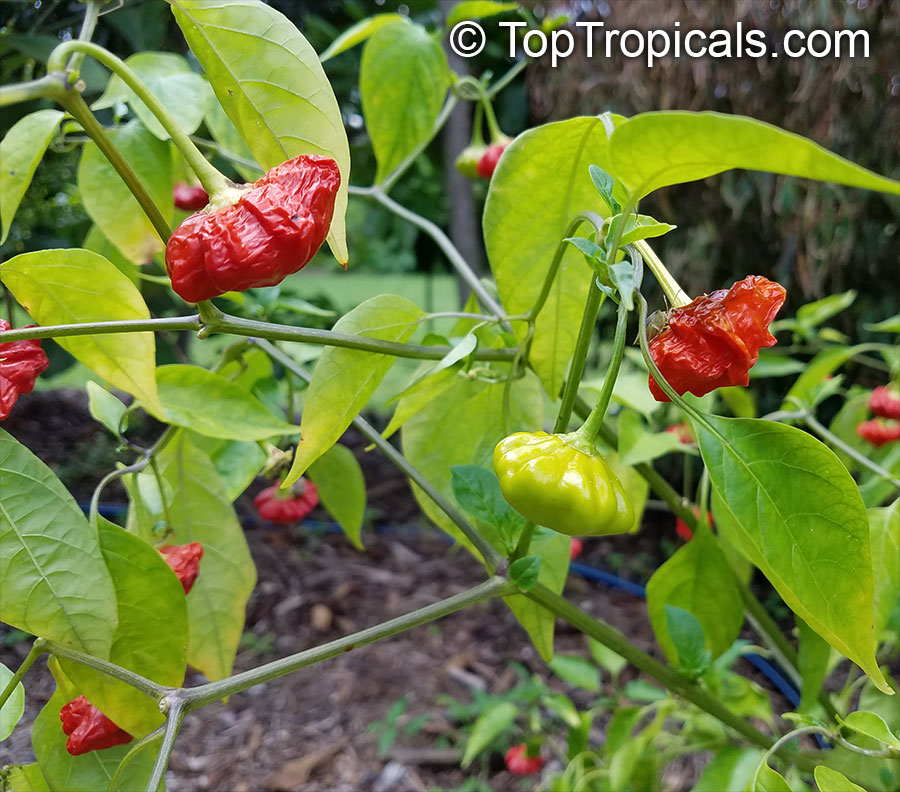
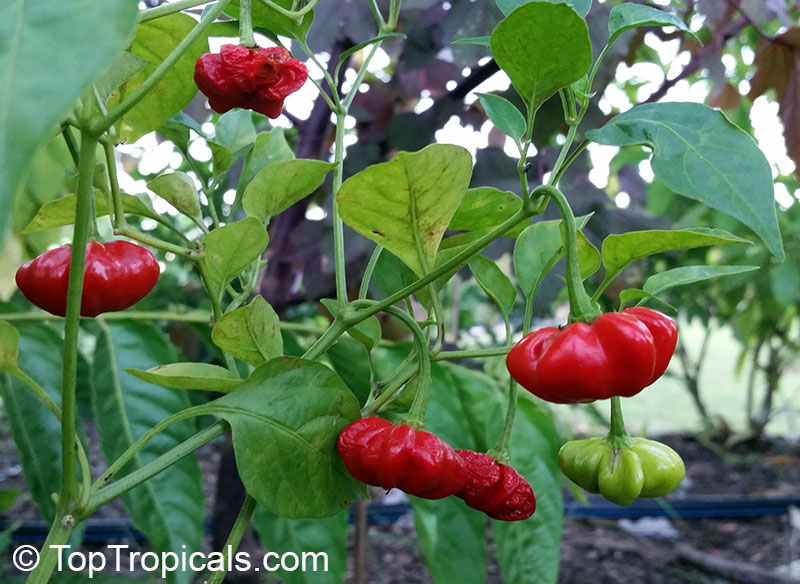
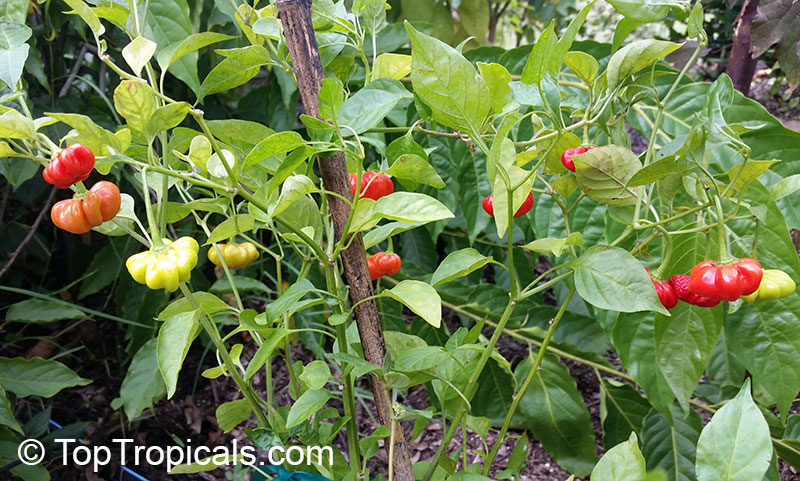
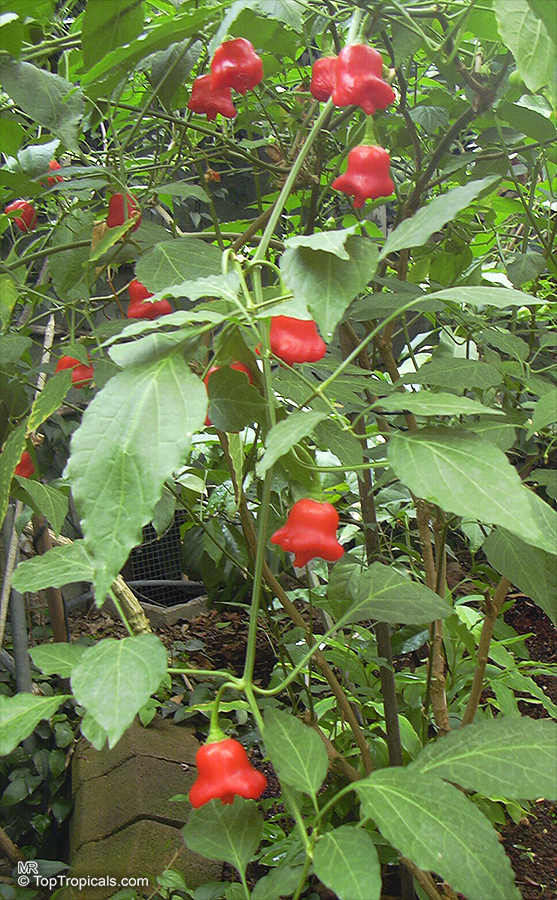
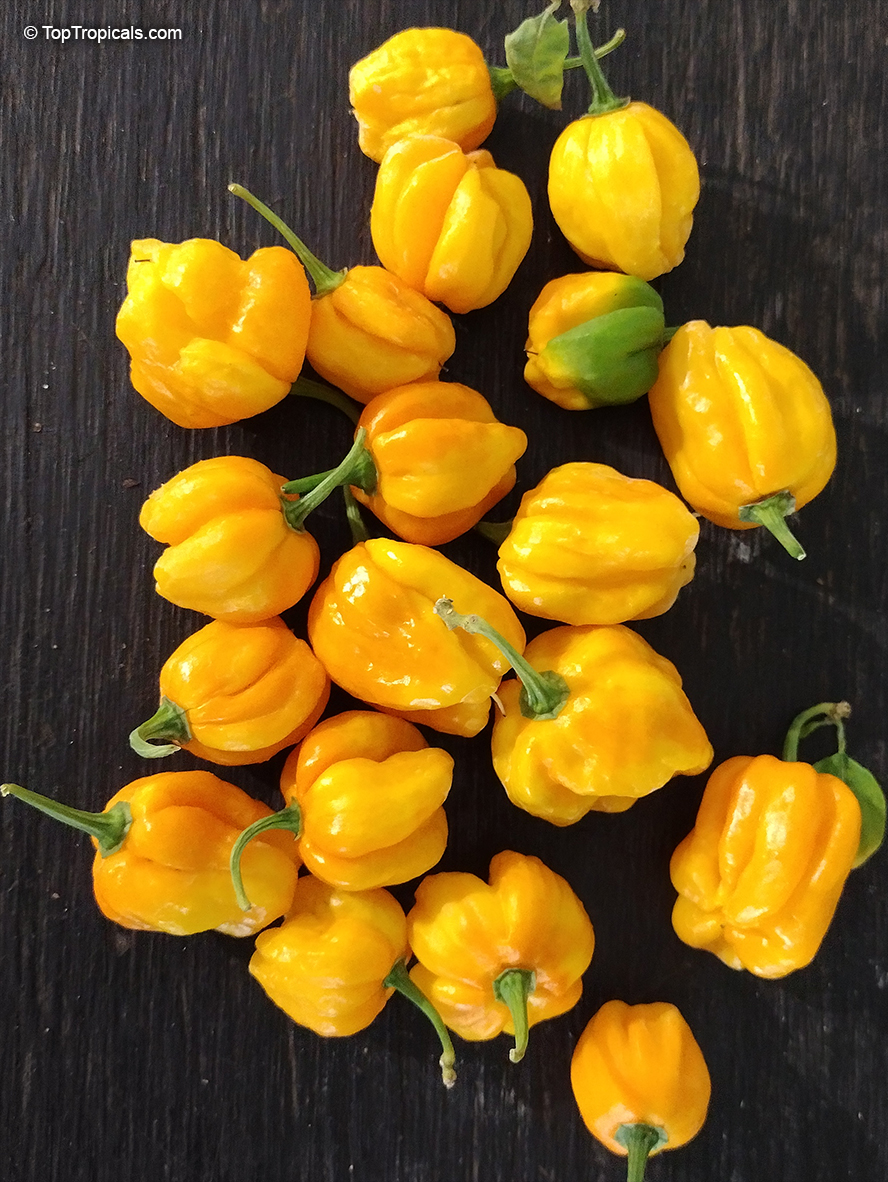
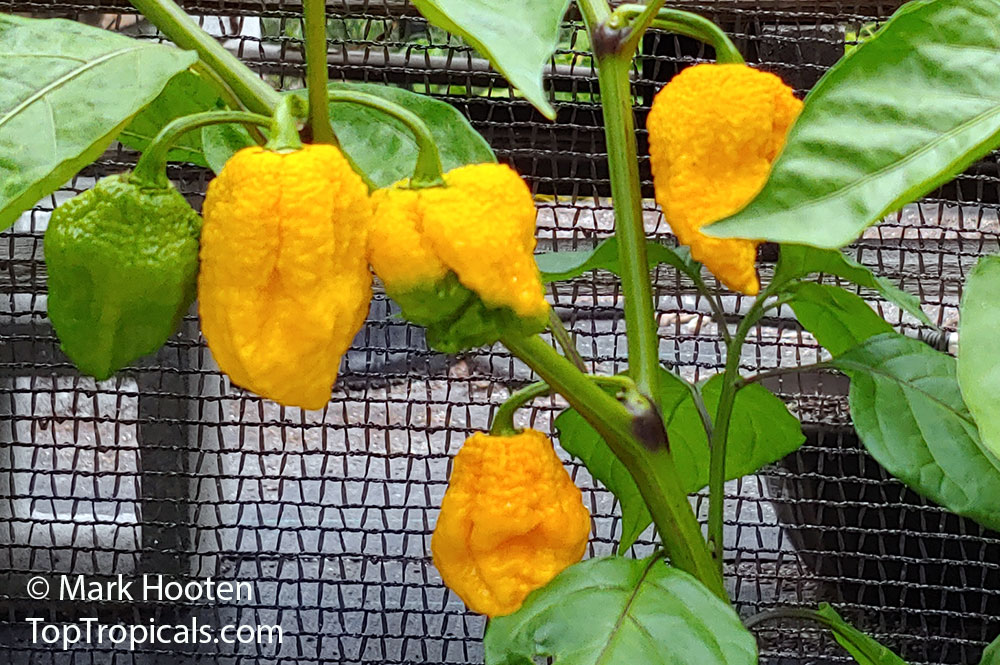
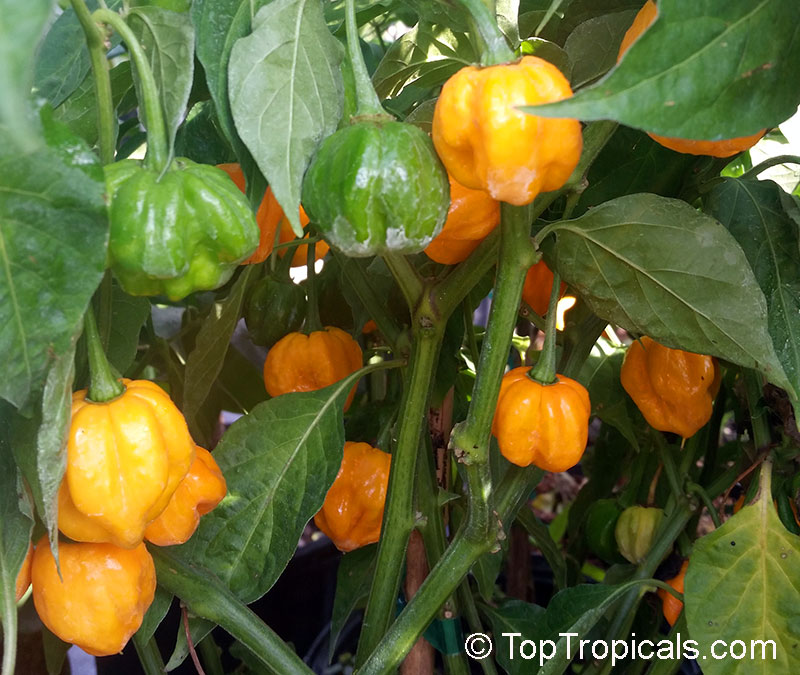
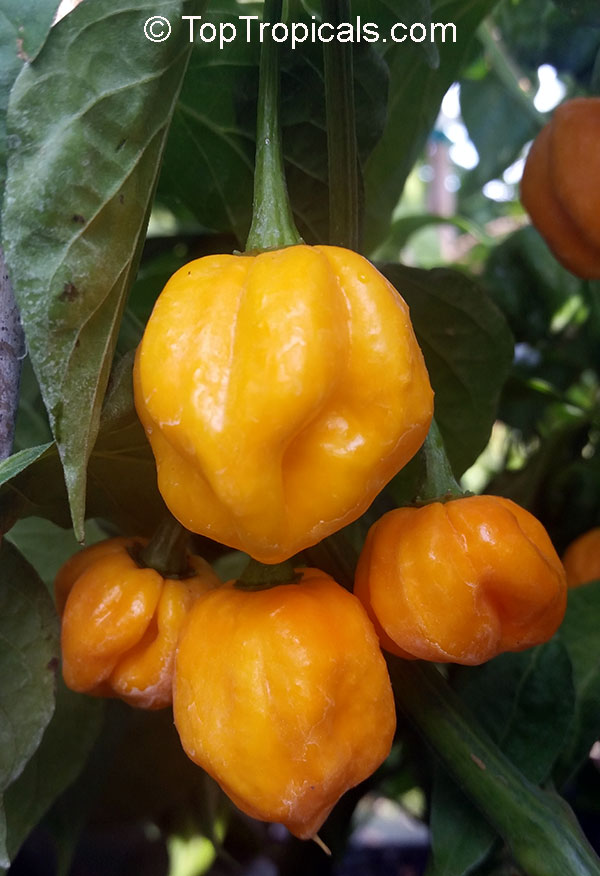
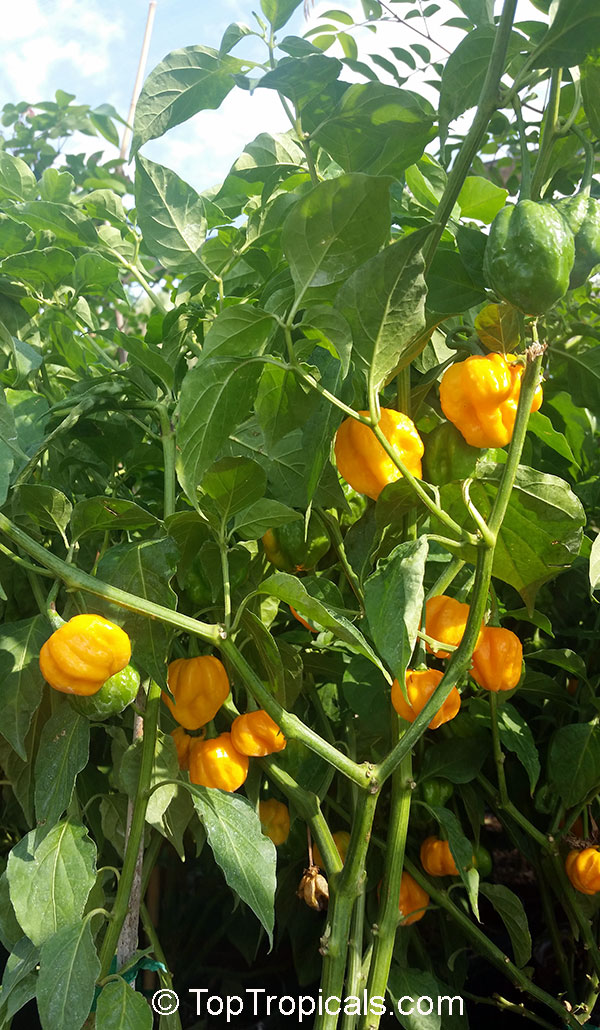
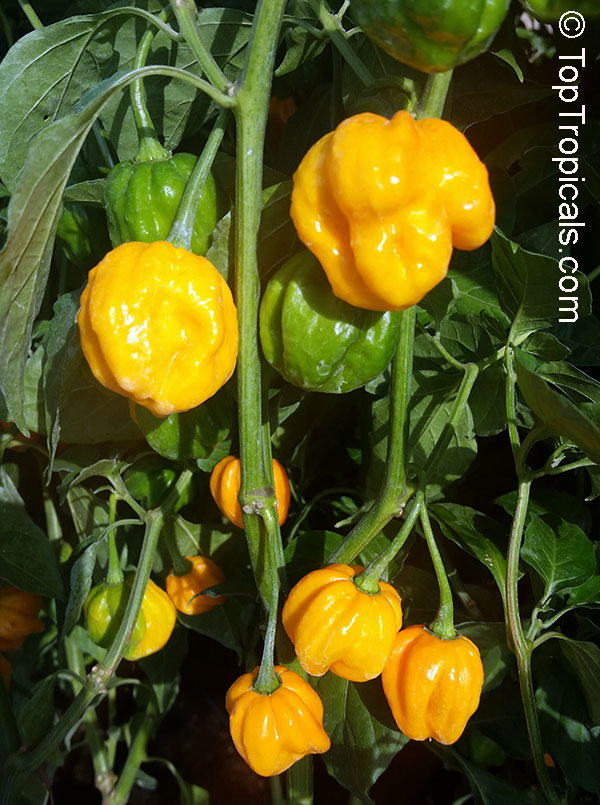
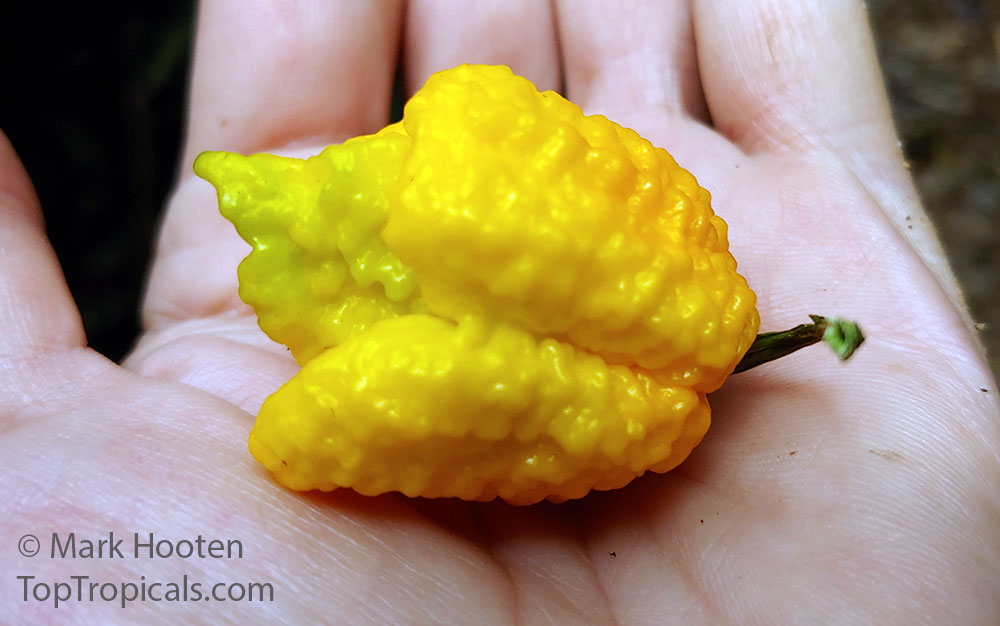
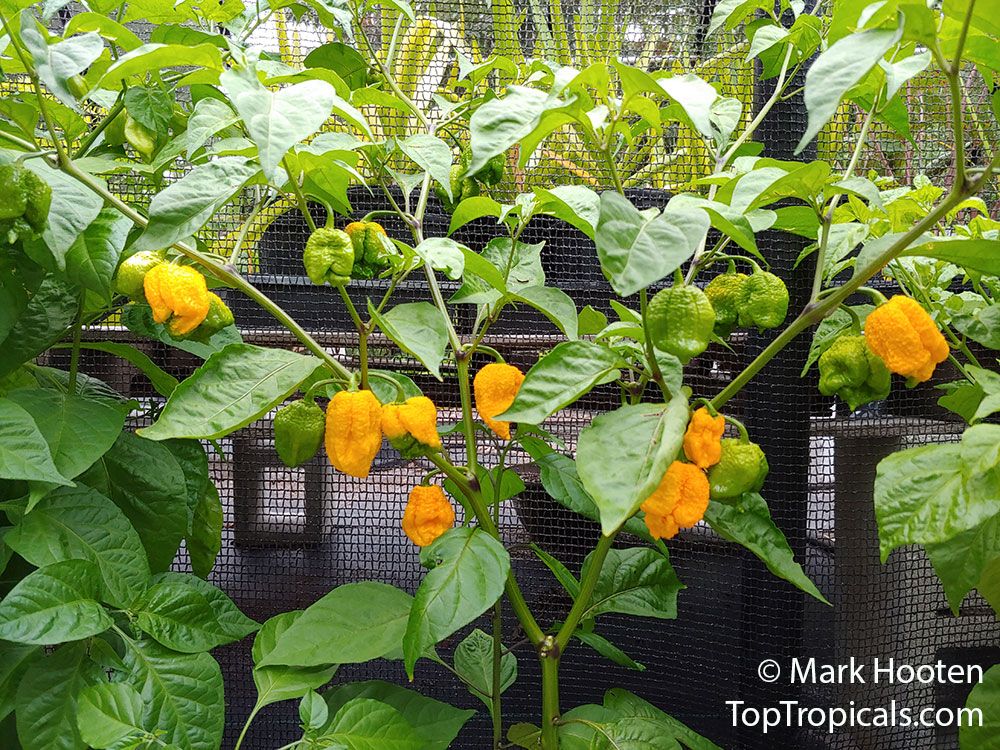
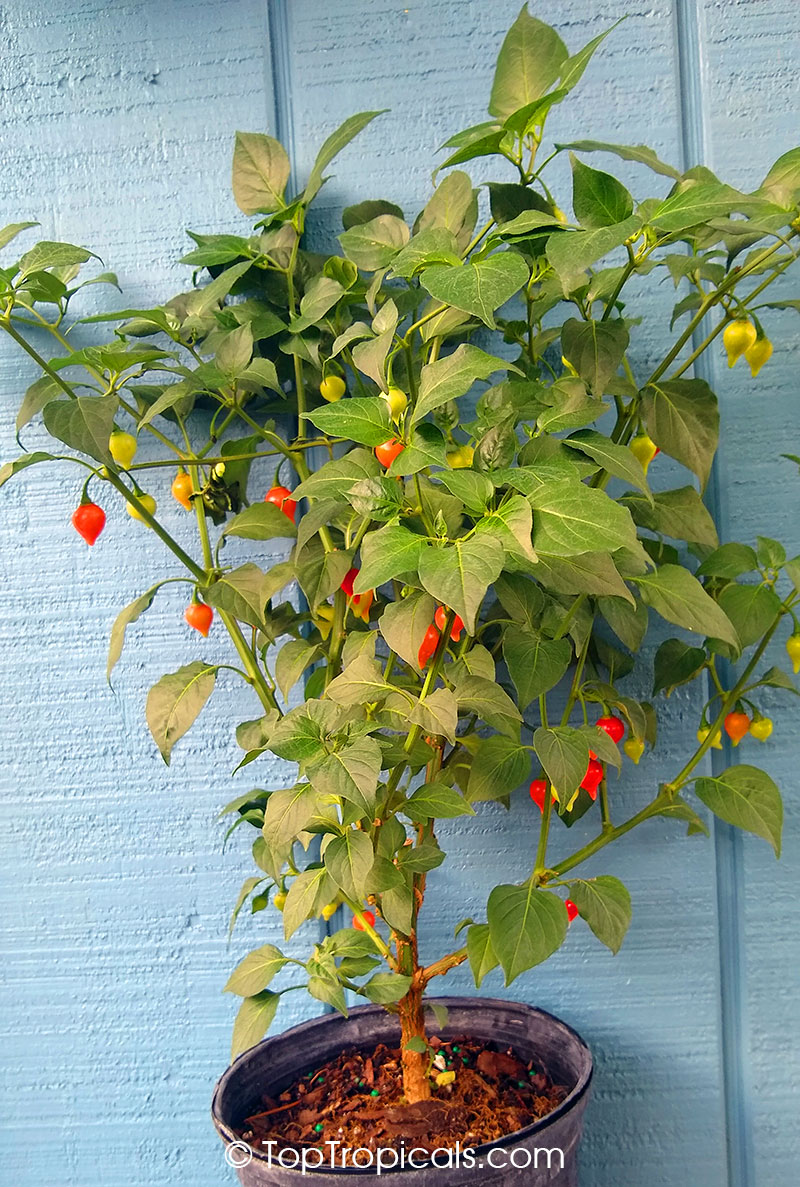
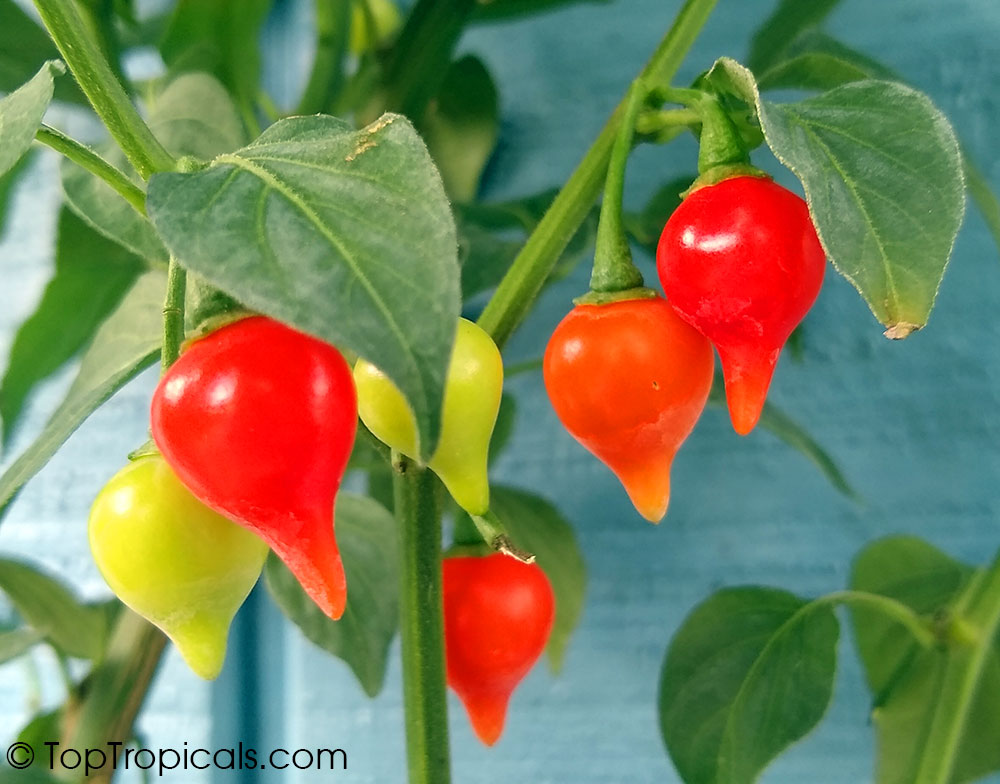
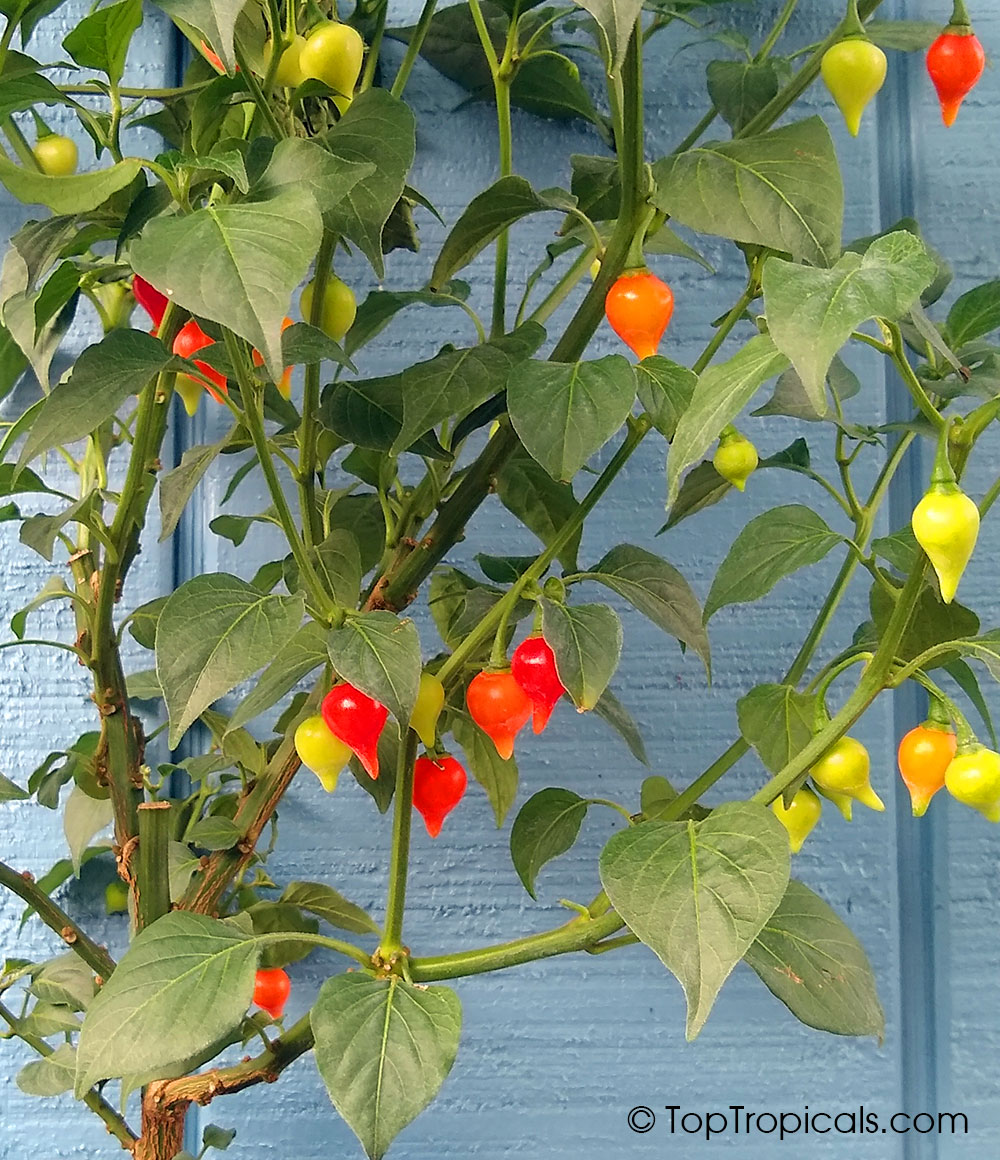
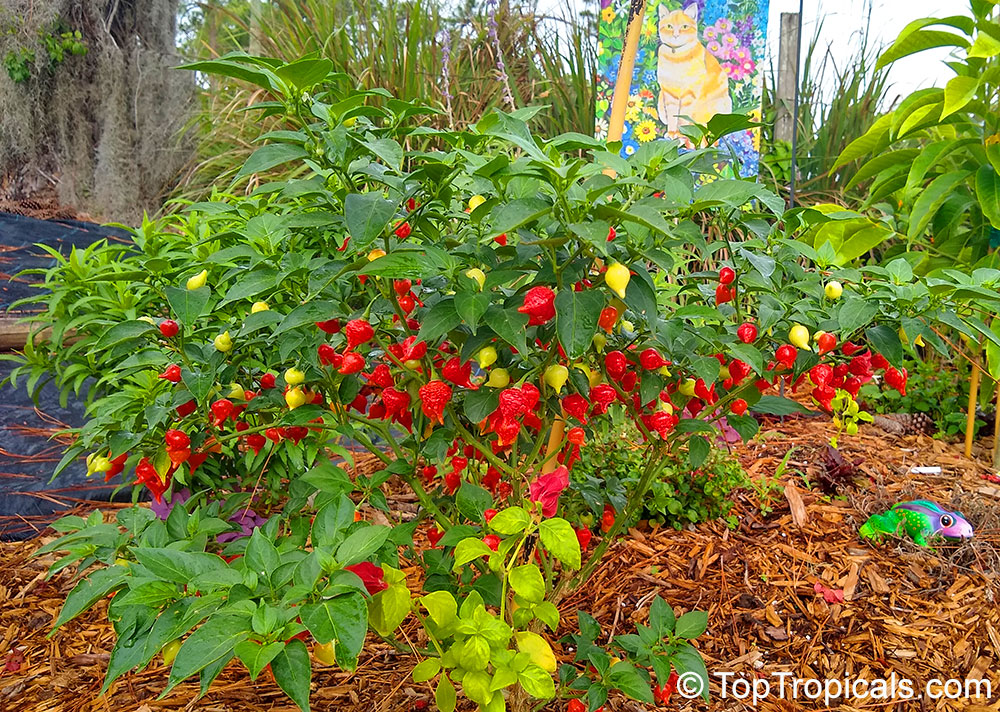
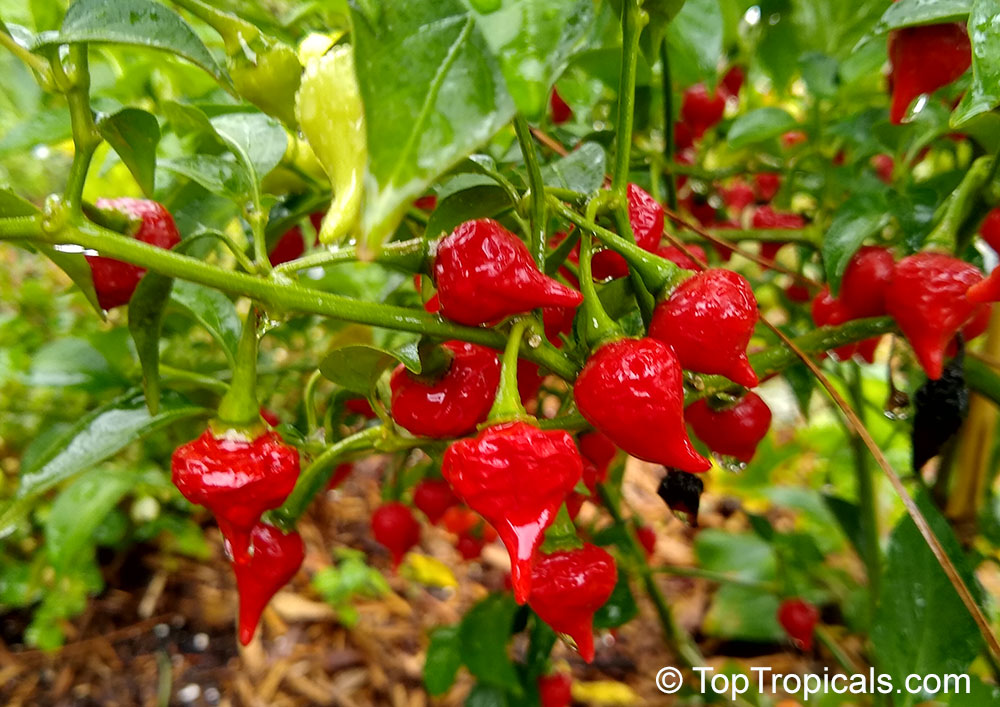
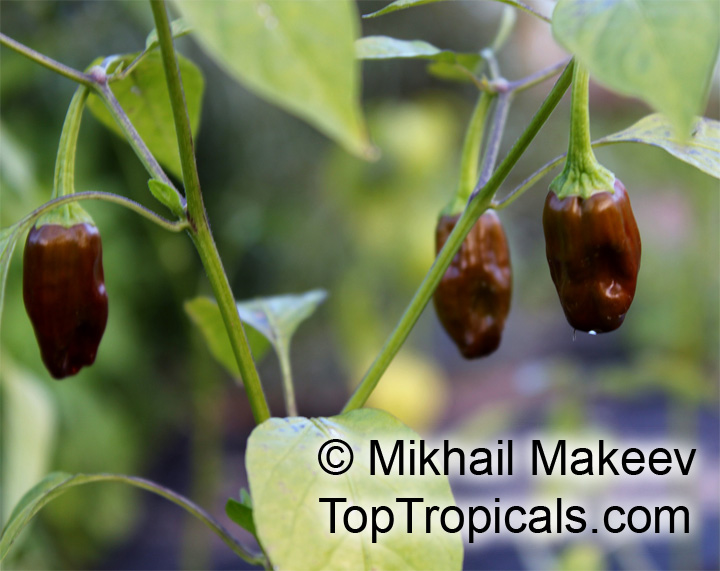
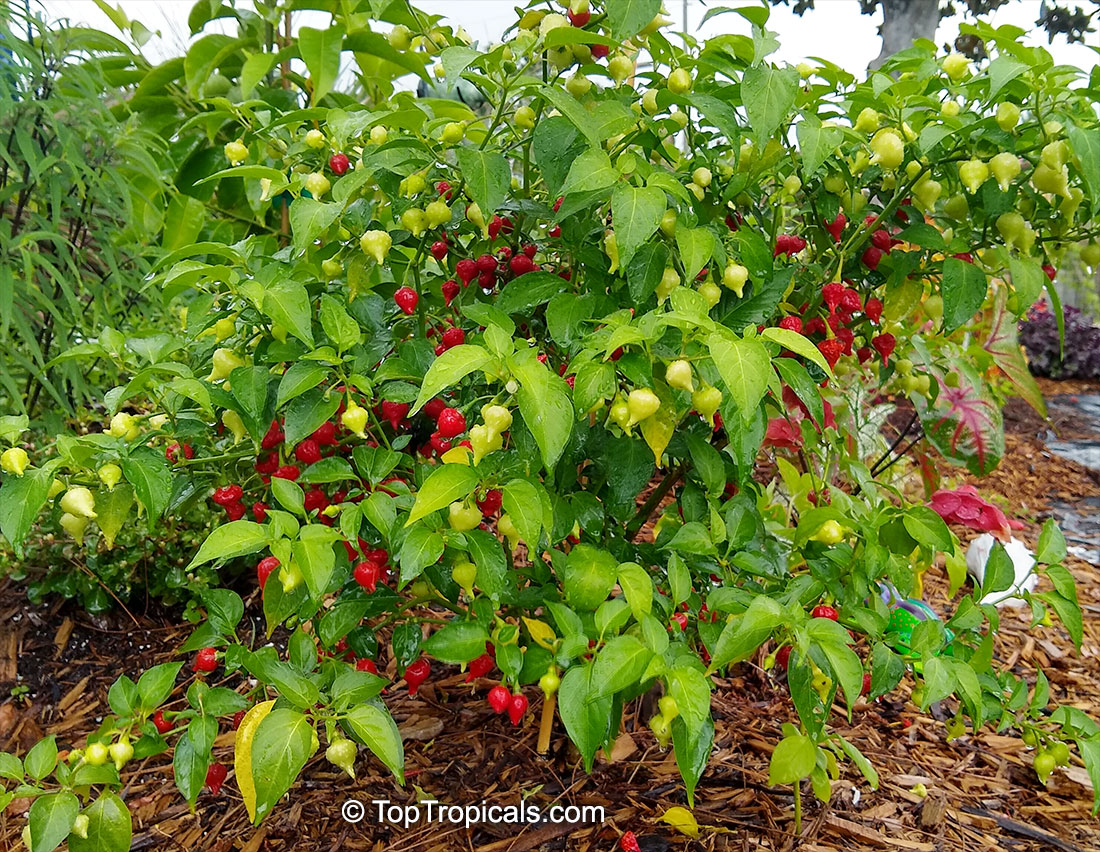
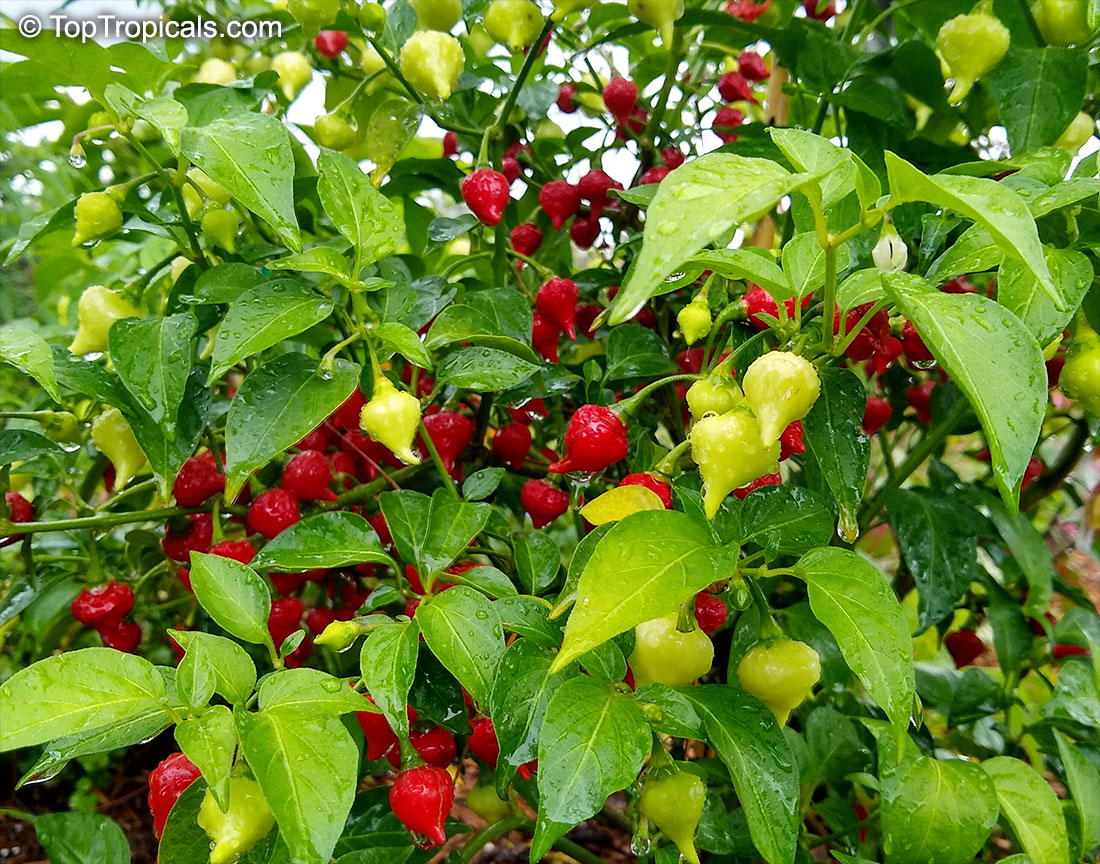
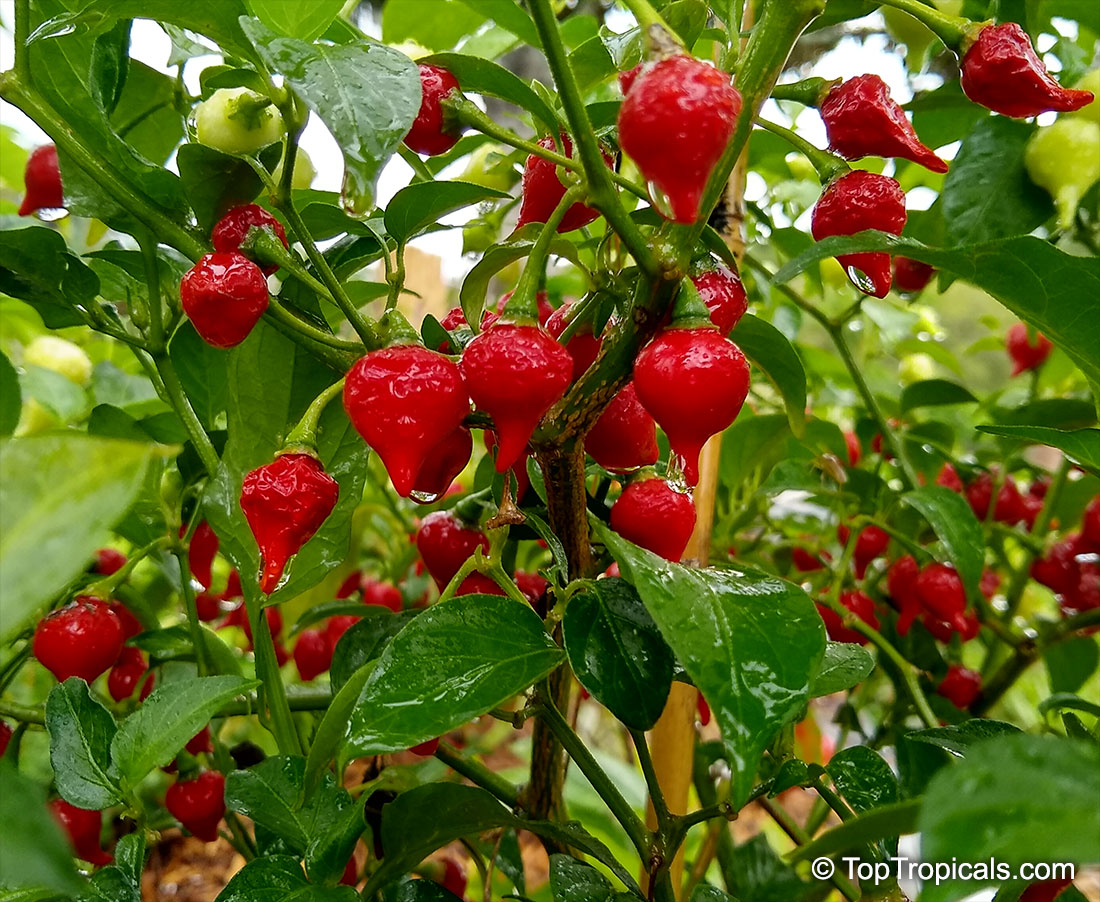
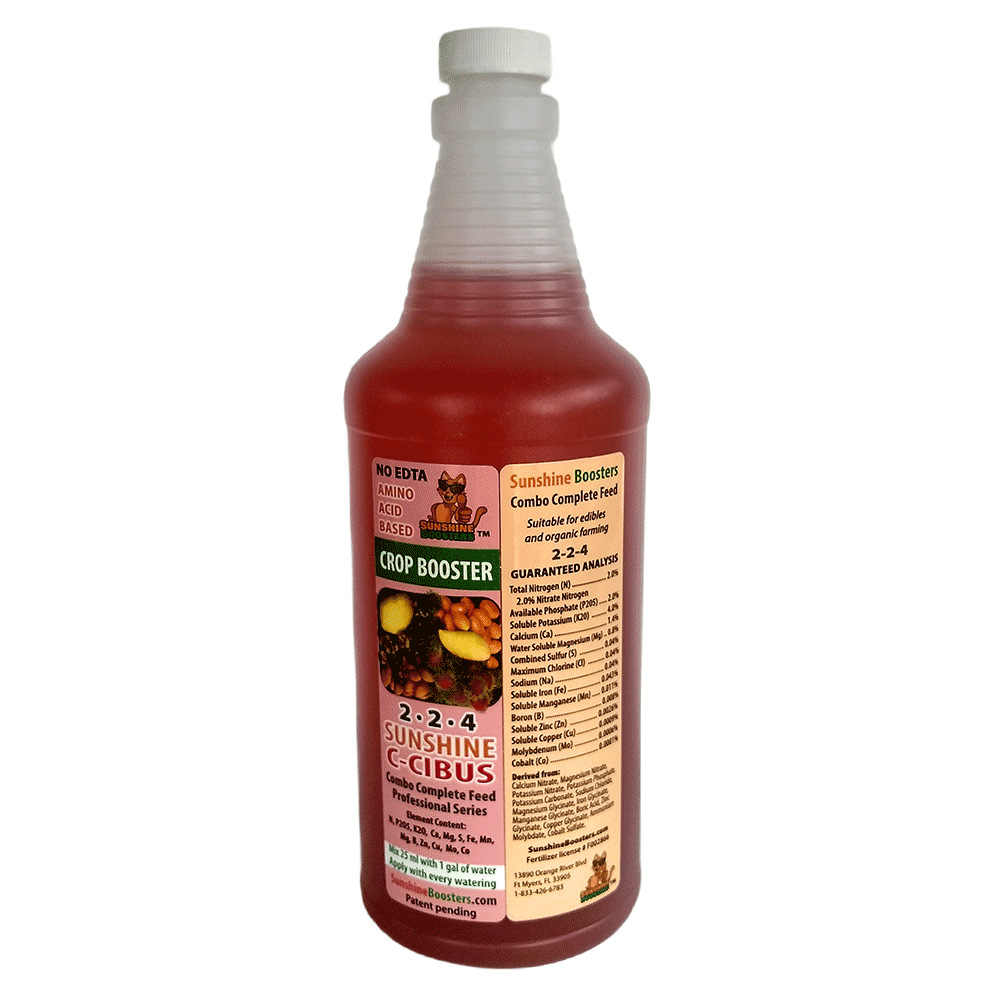 SUNSHINE C-Cibus (NPK 2-2-4) - Crop Booster for every watering.
SUNSHINE C-Cibus (NPK 2-2-4) - Crop Booster for every watering. 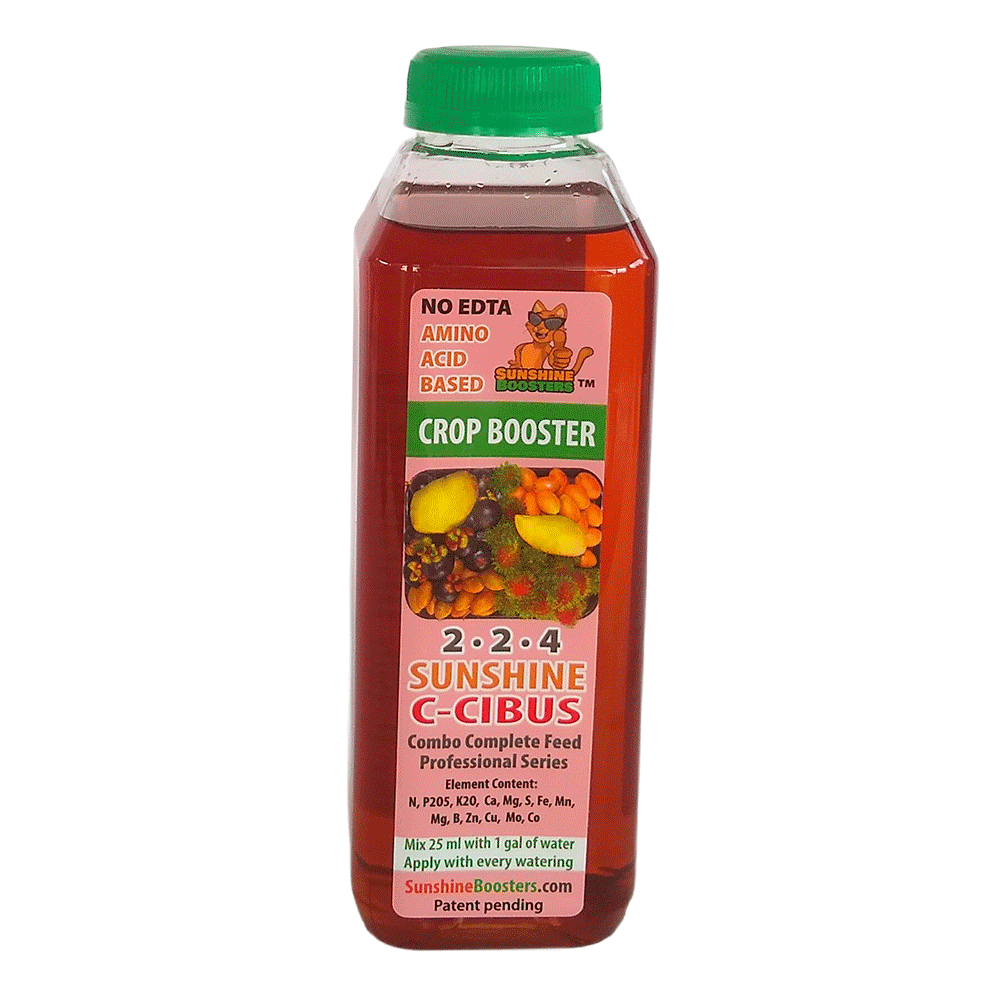 SUNSHINE C-Cibus (NPK 2-2-4) - Crop Booster for every watering.
SUNSHINE C-Cibus (NPK 2-2-4) - Crop Booster for every watering. 